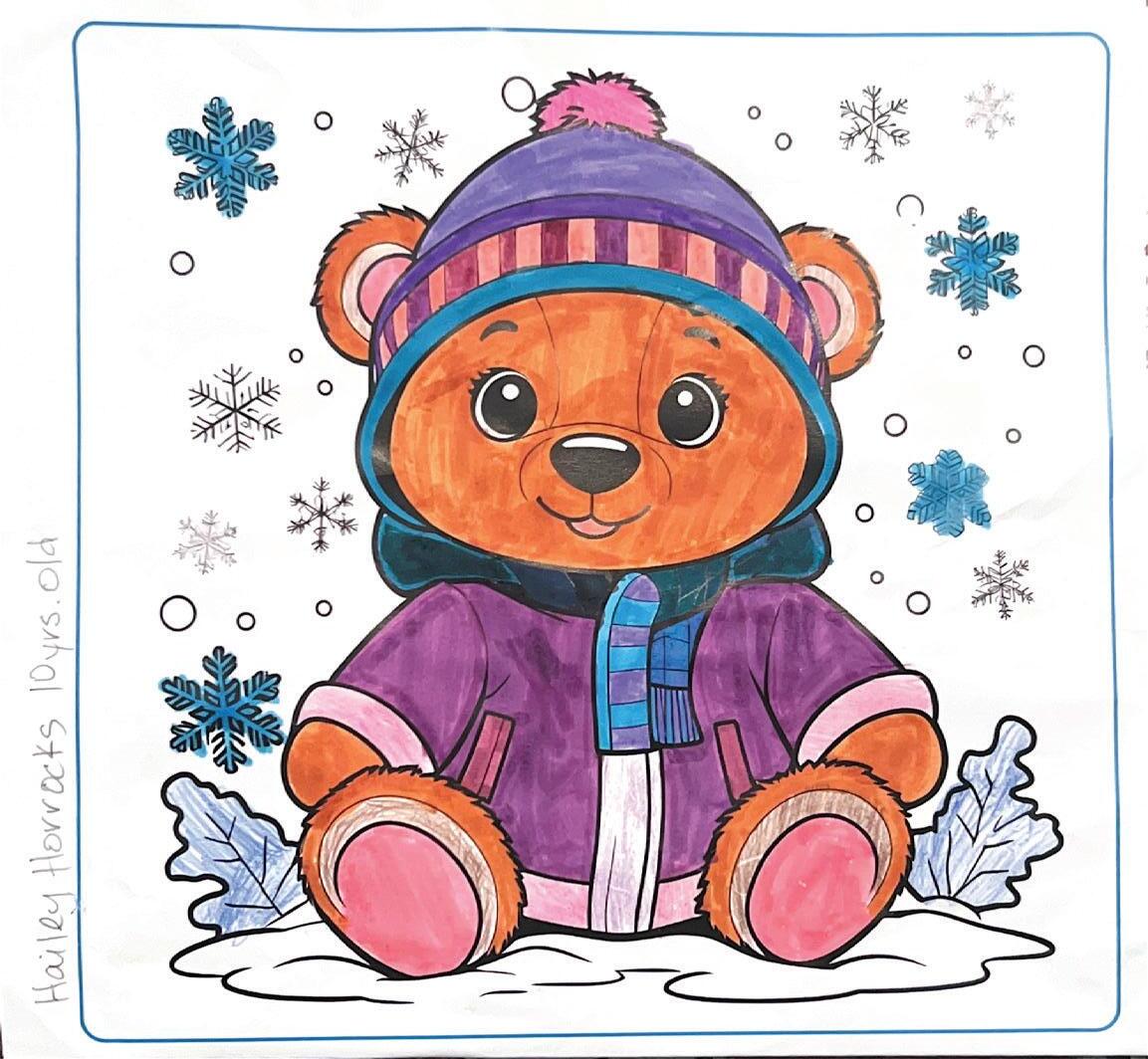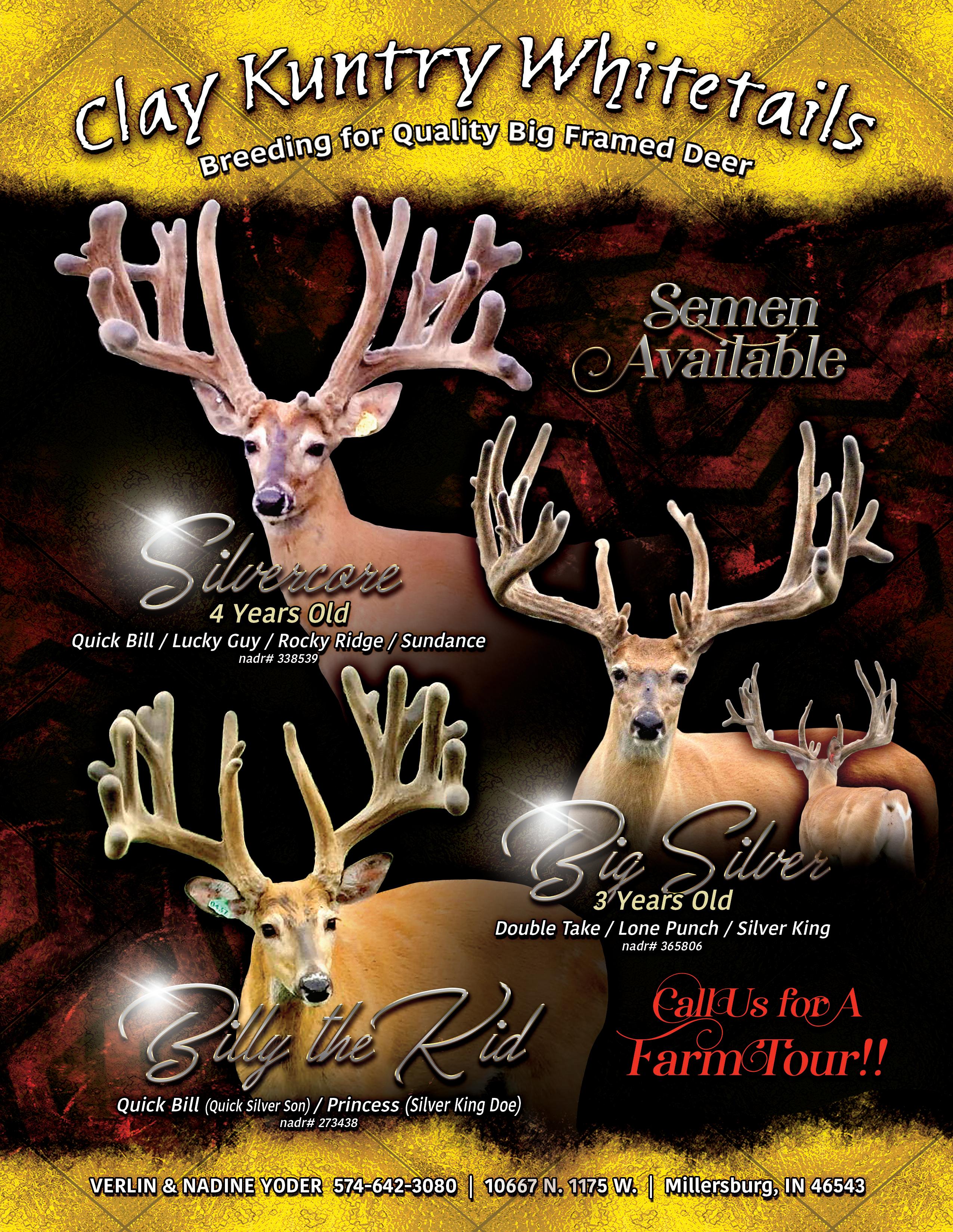







CAPITOL HILL REPORT
How Trump’s Victory Sparks a Unified Republican Agenda in the 2024 Election
Sponsored by CHCG
EXOTIC MARKETS THRIVING IN KANSAS
Sponsored by KEDA
THE MANY USES FOR DEER ANTLERS
Sponsored by PDFA





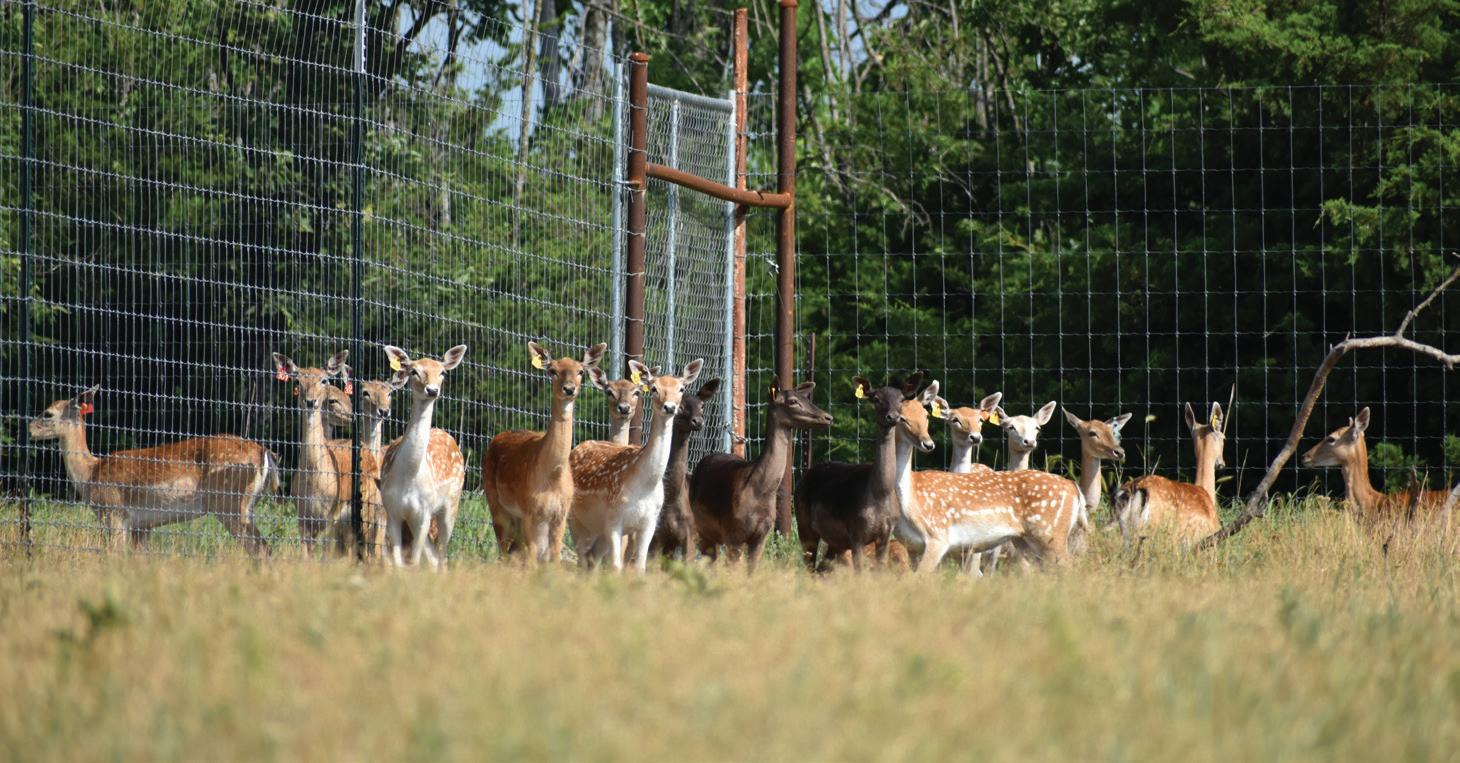
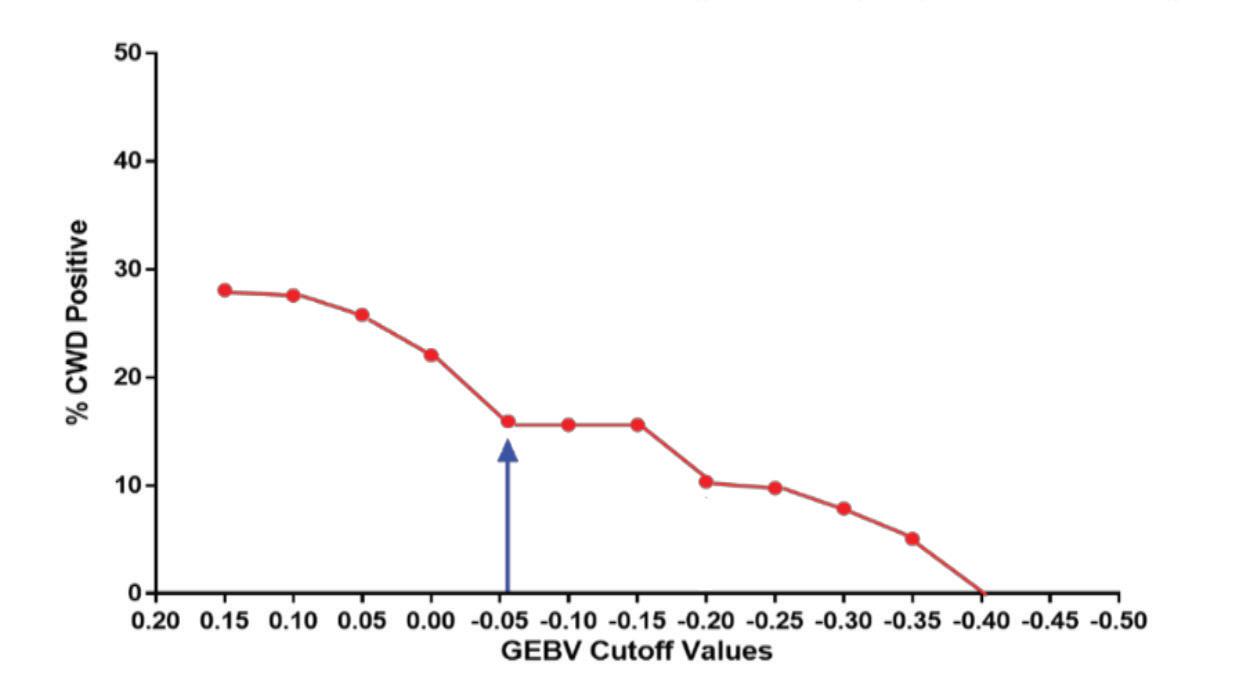
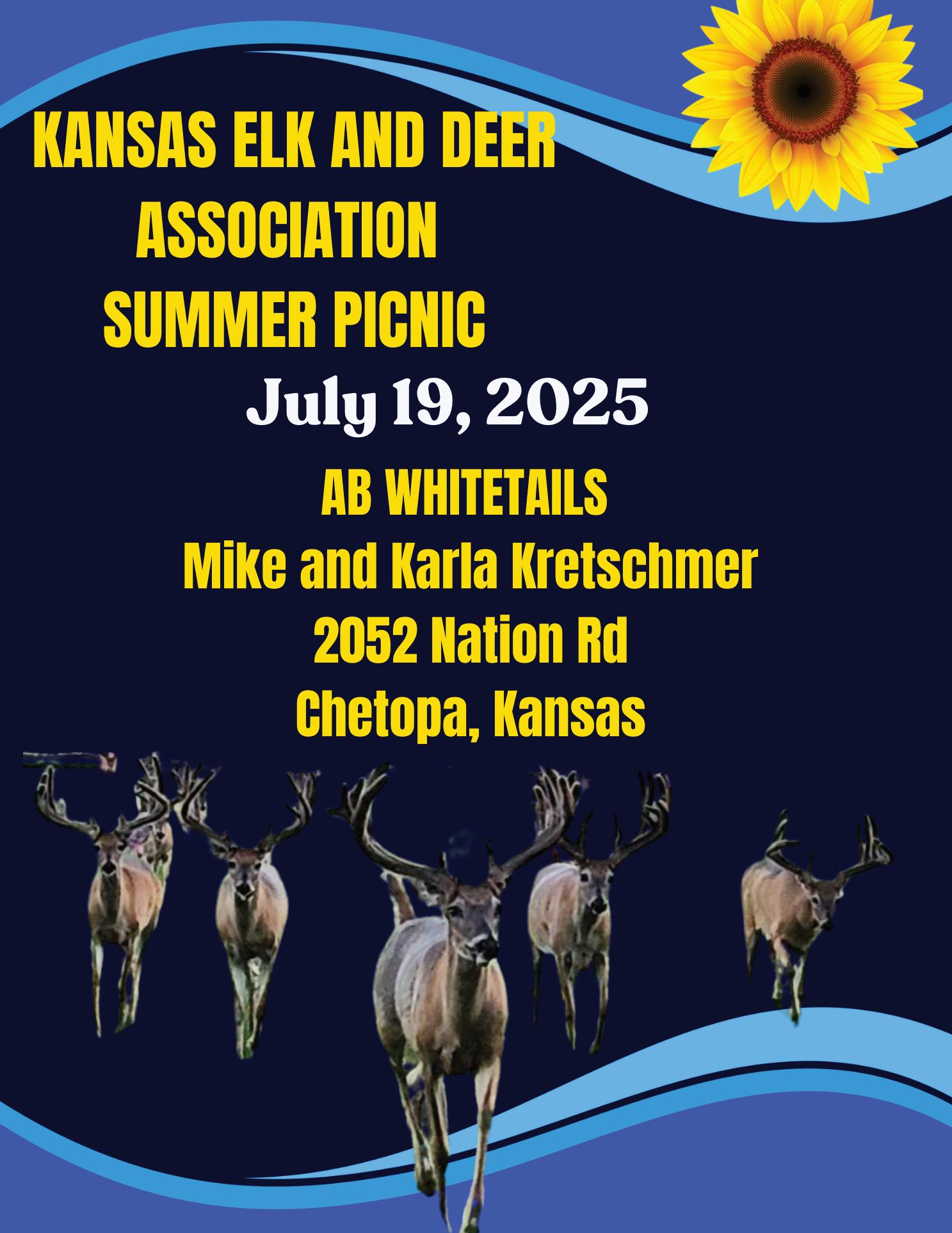

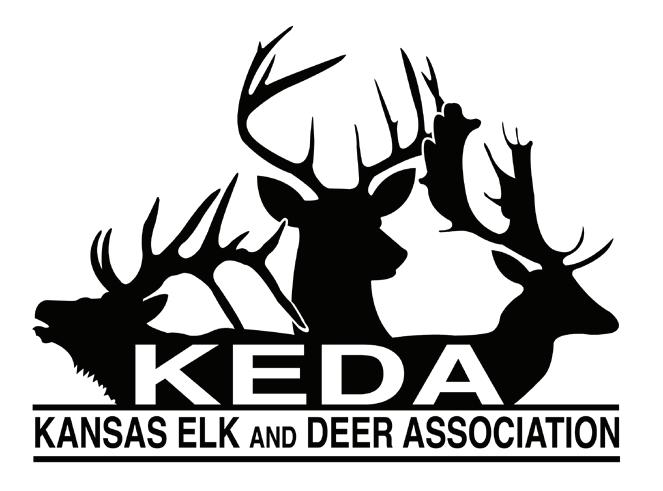


Karla Kretschmer President
AB Whitetails 2052 Nation Rd Chetopa, KS 67336 620-920-0578
karlakretschmer@outlook.com
Kevin Constant Secretary / Treasurer
K&D Wildlife 4193 Clark rd. Meriden, KS 66512
785-224-8889
kanddwildlife@gmail.com


Joe Bisogno, Jr. Vice President
Timber Hills Lake Ranch 1369 Valley Road Mapleton, Kansas 66754 913-515-1507
joebisogno@yahoo.com
Jake Lamb Director-At-Large
Sand Creek Whitetail 10865 School Creek Rd Saint George, Kansas 66535
785-458-9100
sandcreekwhitetail@gmail.com

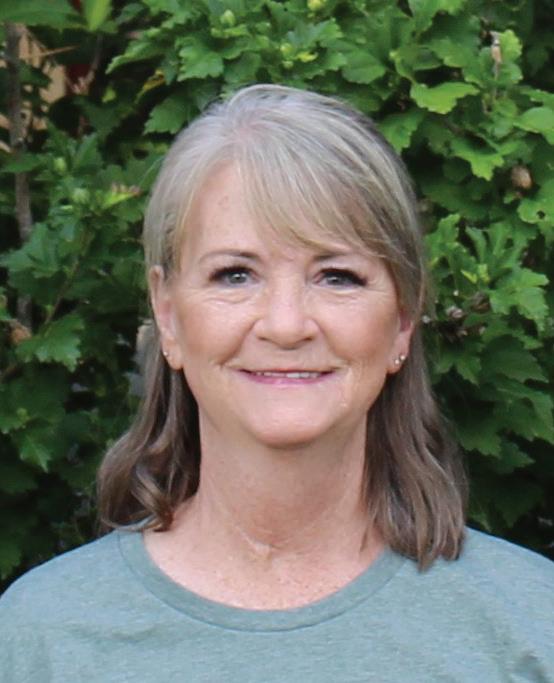
JULY 19TH
Hi
KEDA had a great Conference in February. The board would like to thank our sponsors, Booths and those who donated for our live and silent auctions. Thank you to T & A Auction Services. What a fun auction! Music by Drunk Monkey was amazing again. We welcomed new members and met future members. Kansas Cervid family is growing every year.
Fawning season is right around the corner. I pray for a healthy season for everyone.
Our summer picnic is at AB Whitetails this year on Saturday, July 19th. More info to come.
We are excited for another great year!!!!
Remember, Change starts with 1.
Sincerely,
Karla Kretschmer President Kansas Elk and Deer Association
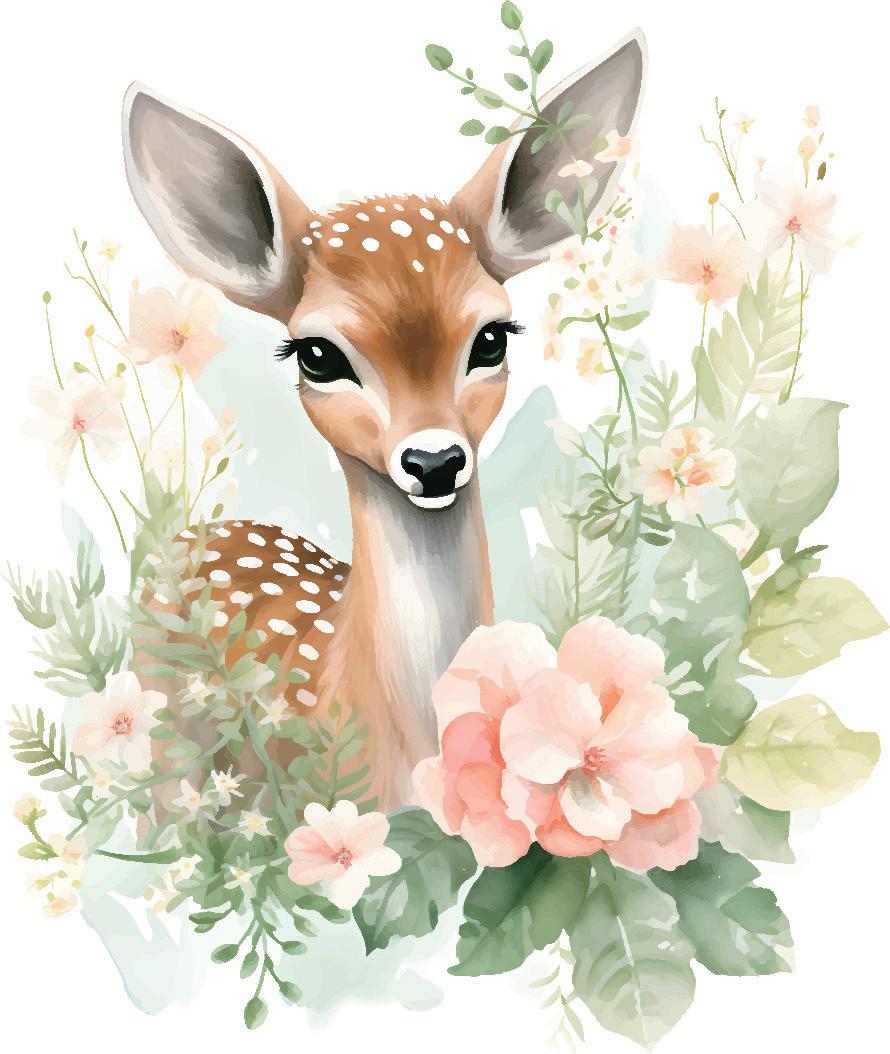


Chris Ezell
President
Dangerous Whitetails of Oklahoma 7134 W. 420 Rd Chelsea, OK 74016 918-697-5389 chrisezell@rocketmail.com

Meagan E. Lewis
Secretary
Antlers Trophy Whitetails 1899 E CR 1980 ANTLERS, OK 74523 979-864-7732 mjlewis2020@icloud.com

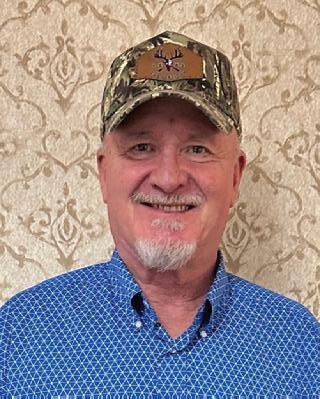
Tim Condict
Flying Eagles Ranch 23455 FR A51 Hodgen, OK 74939 214-549-9963 timcondict@gmail.com
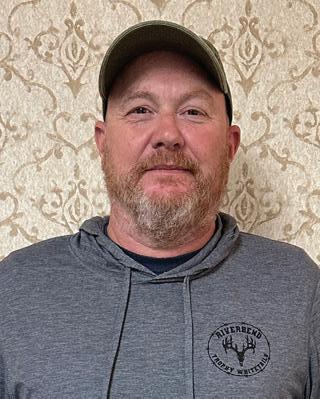

Mike Charlton
Riverbend Trophy Whitetails 3616 Boston Pool Rd. Hominy, OK 74035 Mkbs5484@icloud.com 918-430-5484
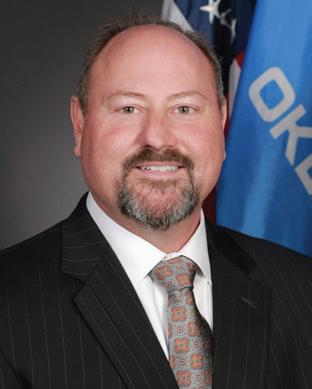
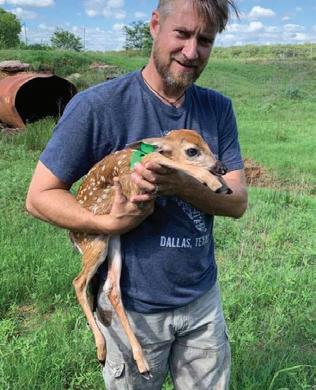
Joe Smith 14421 Buggy I Jones, OK 73049 405-696-3880
Kevin Wallace
Treasurer
Wallahachie Whitetails PO Box 28 Wellston, OK 74881
Doug Varner
Double D 6925 Winchester St Dallas, OK 75231
Keith Day
Atypical Whitetails PO Box 821 Sperry, OK 74073
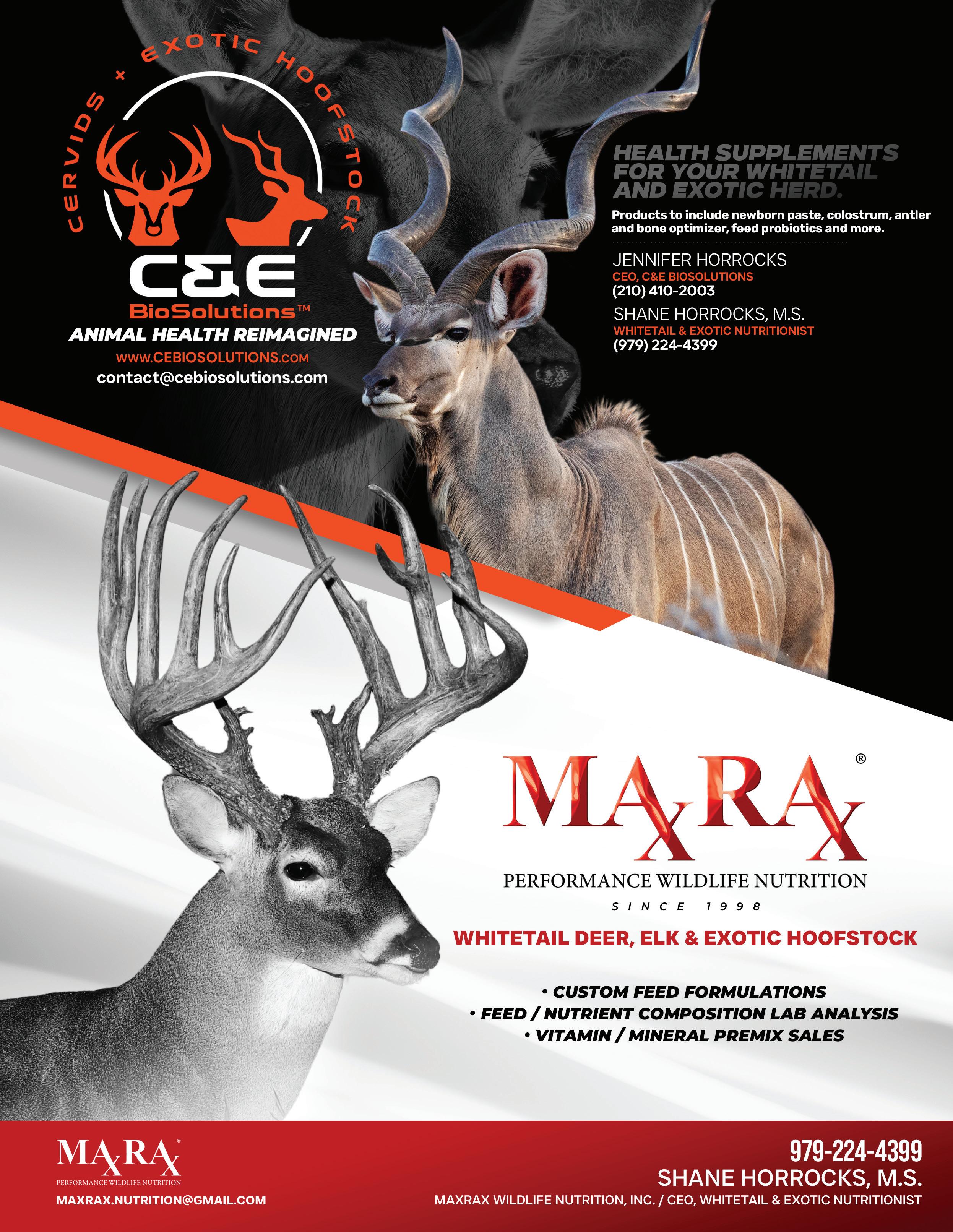


Amy Nold (‘26)
President Nold Farms LLC 51 SW 1501 RD Urich, MO Henry 64788 660-492-0215 noldfarmsllc@yahoo.com

Nick Forsythe (‘27)
Secretary / Treasurer Corner Stone Whitetails 25710 Hwy C Bland MO 65014 573-418-8350 cornerstonewhitetails@gmail.com

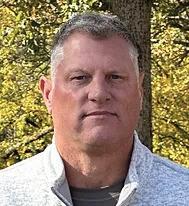

Matt Kirchner (‘25)
Missouri Whitetails 29158 Hwy. C Alexandria, MO 63430 660-341-0554 mkirchner32@gmail.com

Sean Combs (‘24)
Tall Tine Whitetail Ranch 697 Blackjack Trail Mountain Home, AR 72653 870-450-2736 sean@mallardresort.com

Donald Hill (‘24) Oak Creek Whitetail Ranch 178 Oak Creek Ln Bland, MO 65014 573-943-6644 donald@oakcreekwhitetailranch.com

Bradley Lueckenhoff (‘26) Vice President Little Flat Creek 200 Washington St Suite 4 Purdy, MO 65734 417-342-2516 bradjlueck@gmail.com
Bradley Puff (‘26)
High Adventure Ranch 308 Mikel Ave St. Louis, MO 63043 314-578-4590 bpuff@highadventureranch.com
Jeni Haddock (‘25)
Walleye Whitetails 7751 Walleye Rd Pierce City, MO usa 65723 417-316-1059 jeni.haddock@gmail.com
Nathan Blosser (‘27)
Blosser Whitetails 4515 South 250th Rd Buffalo, MO 65622 417-327-4670 417-327-9590
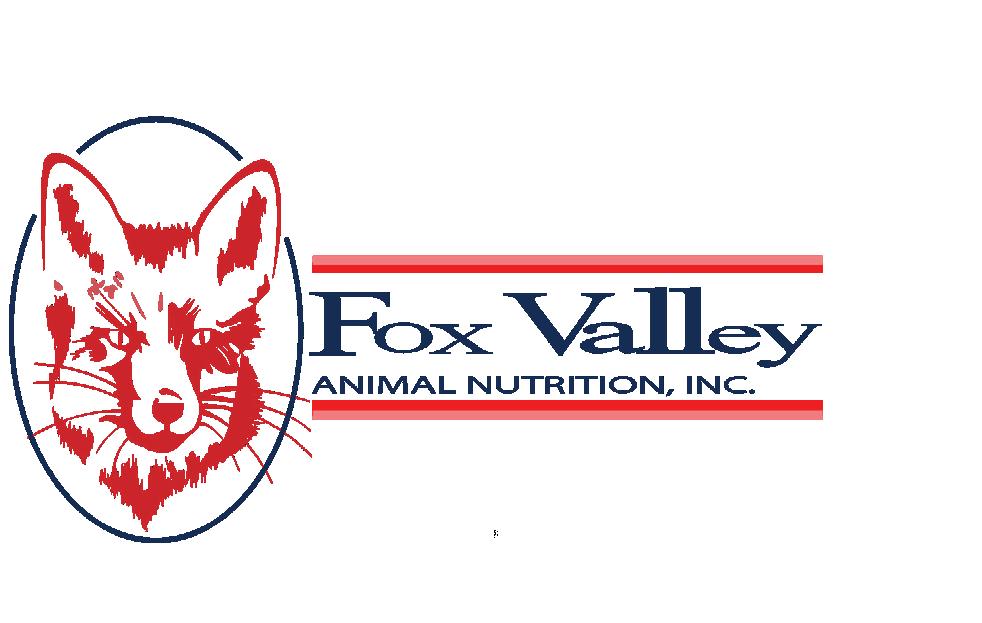



• All-Milk Protein from Premium Food-Grade Milk Ingredients
• Essential Vitamins and Complex Minerals
• Balanced Fatty Acids
• Improves Digestion
• Promotes Growth and Performance
• Fawns up to 1 week of age: Feed 16 oz. of formula daily, divided into 4 – 6 feeding.
• Fawns 1 week to 1 month of age: Feed 24 to 30 oz. of formula daily, divided into 4 feedings.
• Fawns 1 month to 2 months of age: Feed 30 to 35 oz. of formula daily, divided into 2 to 3 feedings.
• Fawns 2 months to weaning: Gradually decrease formula and number of feedings to approximately 15 oz. of formula once daily until fawn is fully weaned at 12 to 14 weeks of age. Provide a weaning diet and fresh clean water to the fawn.
For oral use only. These feeding directions are guidelines. As each animal is an individual, the feeding rate may be increased or decreased according to the needs of the neonate.
Feeding directions for other species can be found on our website.

• No Refrigeration Needed
• Easily Palatable
• 18 Month Shelf Life
• Available in 20# & 8# pails
• 24/7 Technical Advice & Support
• Formula for other Exotics and Wildlife Available

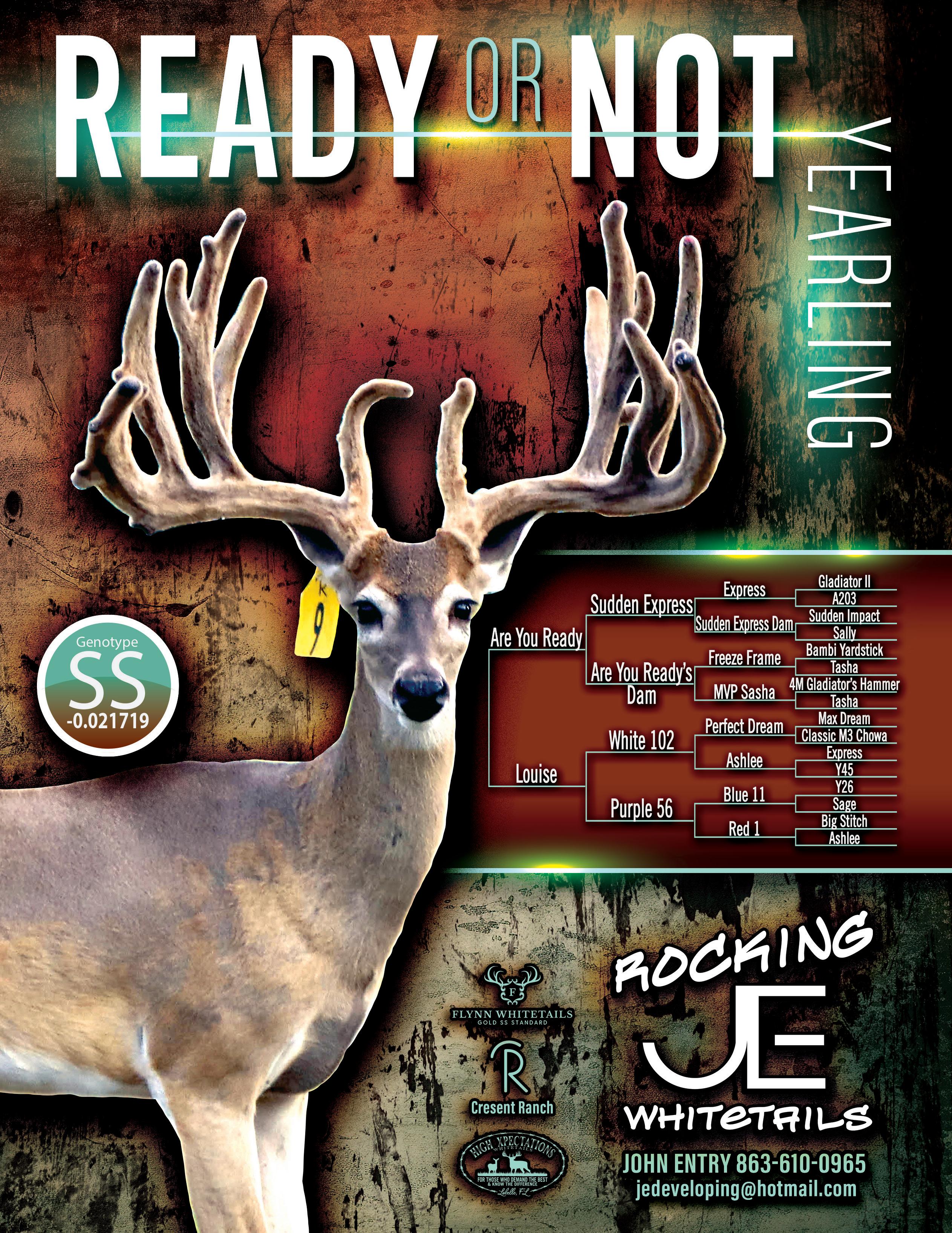

If you would like your farm or business featured on our business card pages, email digital pdf file or scanned image (must be readable resolution) of your business card to:
Meagan Lewis for Oklahoma members: mjlewis2020@icloud.com
Karla Kretschmer for Kansas and Missouri members: karlakretschmer@outlook.com
This gives Tri-State members a way to reach out to one another for services and to buy or sell deer! There will be limited pages for these cards, the overflow would be placed in the next issue and cards will be rotated each quarter.
If you have any questions please contact Kathy Giesen: 435-817-0150
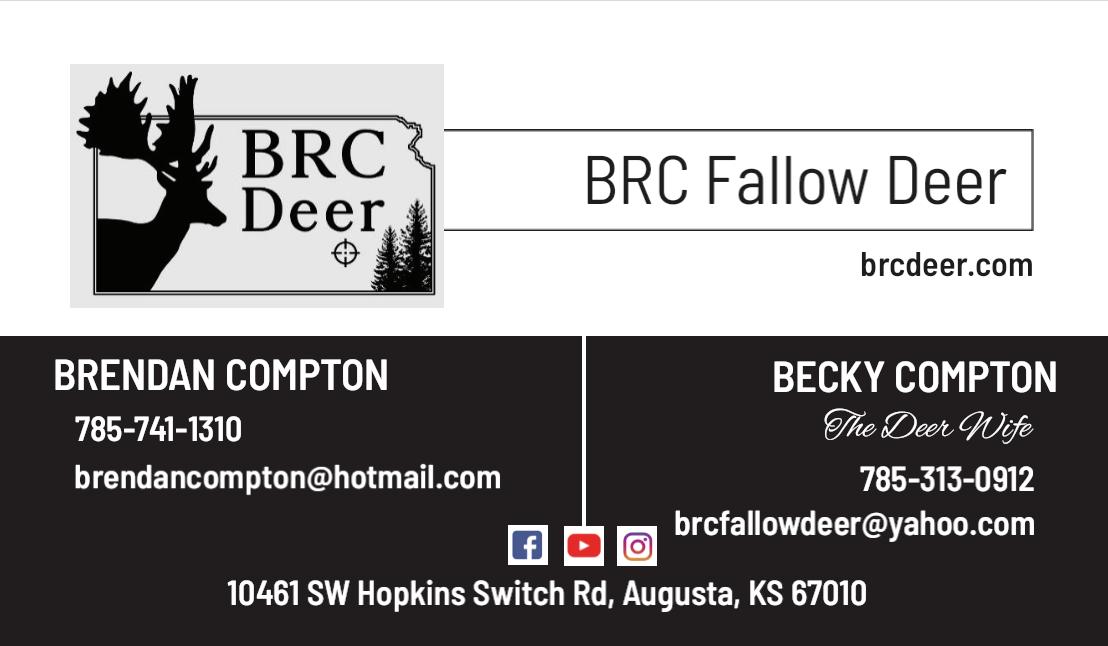

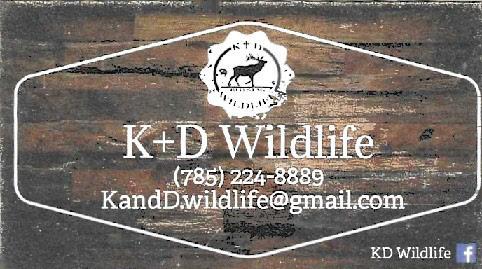



What is a genetically estimated breeding value (GEBV)?
A GEBV is a statistically generated number or score that estimates the total genetic potential of an animal with respect to a heritable trait. Traits are influenced and controlled by many different genetic regions, or loci, across the genome. In this situation the trait is susceptibility of white-tailed deer (WTD) to chronic wasting disease (CWD). The regions of interest are those that have a role in the CWD disease process, which is stated more simply as susceptibility. Seabury et al 1,2 found over 120,000 different regions that have a role in the CWD disease process. Each region provides a small contribution to the overall CWD disease process. However, some regions provide a greater contribution than others, and those are the genetic regions used in the current commercially available GEBV testing through the North American Deer Registry (NADR).

How is the GEBV for CWD susceptibility determined?
The GEBV is produced by comparing and analyzing the effects of genetic regions from deer that have CWD to those that do not have CWD.
What does the score mean?
The score, which is presented as either a positive or negative number, reflects the potential for that deer to get CWD. The higher the number (on the positive side of zero) the greater the potential for that deer to become CWD positive if exposed to the disease. The graph below shows the percentage of 1,554 farmed WTD found to be CWD positive at various GEBV scores, ranging from the worst on the left (0.20) to best on the right (-0.40). The percentage of WTD with CWD decreases as the GEBV score decreases (becomes more negative). The arrow indicates the highest GEBV score (-0.056) animals should have to begin to generate a herd that has reduced susceptibility to CWD. This is the starting point for herd improvement, not the end goal,

What about variations in the prion gene like codon 95, 96 and others?
While some codons (the parts of DNA that code for a specific amino acid) in the prion gene, particularly codon 96, can strongly influence incubation period, the contribution of any codon to the total genetic merit (GEBV score) is rather low. While codon 96 contributes more to susceptibility than any other individual region elsewhere in the genome, most of the overall susceptibility is due to the cumulative genetic contributions of these other regions. In other words, breeding for specific codon 96 genetics (GS or SS) alone is insufficient to significantly reduce herd susceptibility. That said, there is a role for codon 96 in reducing herd susceptibility, just not on its own.
How can you use GEBV Scores and Predictive Genetics to Reduce Herd Susceptibility to CWD?
The primary goal of predictive genetics using GEBV scores is to generate herds that are less susceptible to CWD, either avoiding the establishment of CWD after an exposure, or limiting the spread within the herd if infected. Additionally, predictive genetics can be used in certain circumstances to clean up CWDinfected herds within and/or beyond a quarantine period.
The generation of herds with reduced susceptibility to CWD is only achievable when the steps below are diligently followed. Leaving poor scoring, highly susceptible animals within a herd allows CWD to rapidly spread and contaminate the environment. Even good scoring deer may not be able to withstand infection in highly contaminated environments or in herds with a high CWD prevalence.
Get GEB scores which include codon 96 genetics on all animals within the herd, regardless of age. Good scoring animals can be GG, GS, or SS. Do not cull a good scoring animal simply because it is a GG!
• Identify all animals with scores above the minimum cutoff value of -0.056 (i.e., above means less negative; and those that are closer to zero, or that are positive numbers).
• Keep meticulous herd and breeding records that includes GEBV scores and codon 96 data.
• Determine if the herd has a sufficient number of deer with scores below the cutoff to sustain a viable breeding population without breeding too tightly. Tight breeding to get desired scores is not recommended. Tight breeding will unmask negative recessive traits.
• Develop a culling plan to remove as many deer above the cutoff as possible. Some herds may not contain a sufficient number of deer below the cutoff to sustain the herd. In this situation purchasing good scoring animals or semen straws from good scoring bucks is recommended to selectively breed with best scoring does on site. With careful breeding over several generations, the overall GEBV scores can be significantly improved, and the herd susceptibility reduced over time.
• Good scoring deer with GS and SS at codon 96 in the prion gene are ultimately the goal. However, good scoring GG and GS deer can be bred with good scoring mates to generate desirable offspring with GS or SS at codon 96. This allows for genetic improvement without tight breeding.
Ask for professional help at CWD@usda.gov when circumstances are unusual or complicated. This will save time, money, and perhaps even your herd in the long run


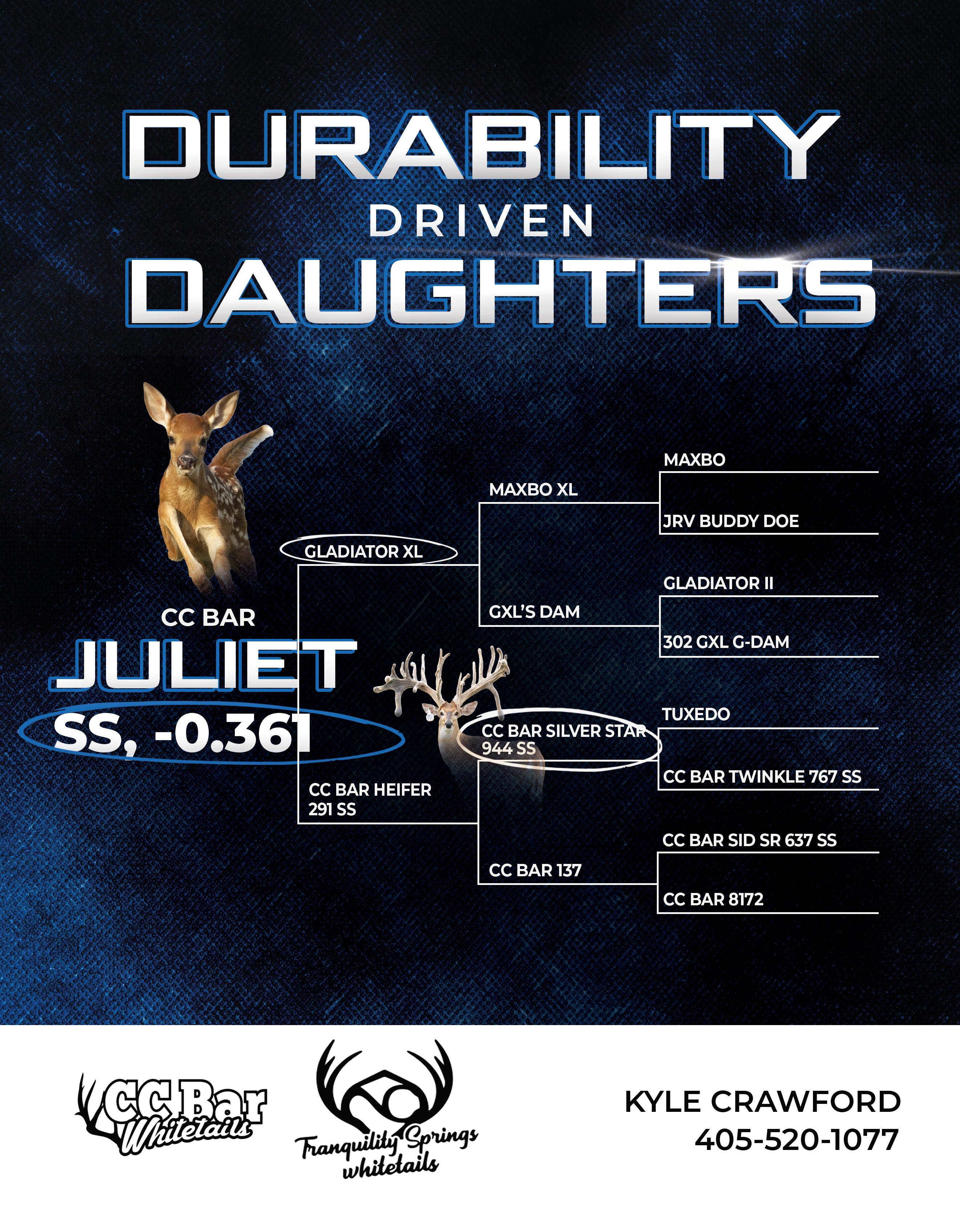

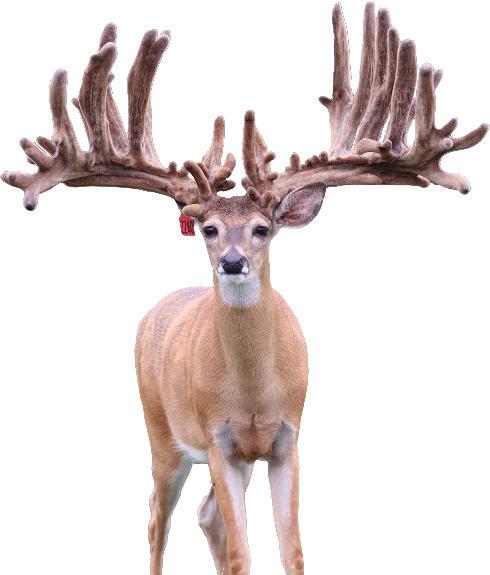

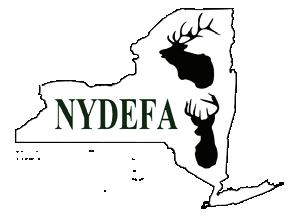
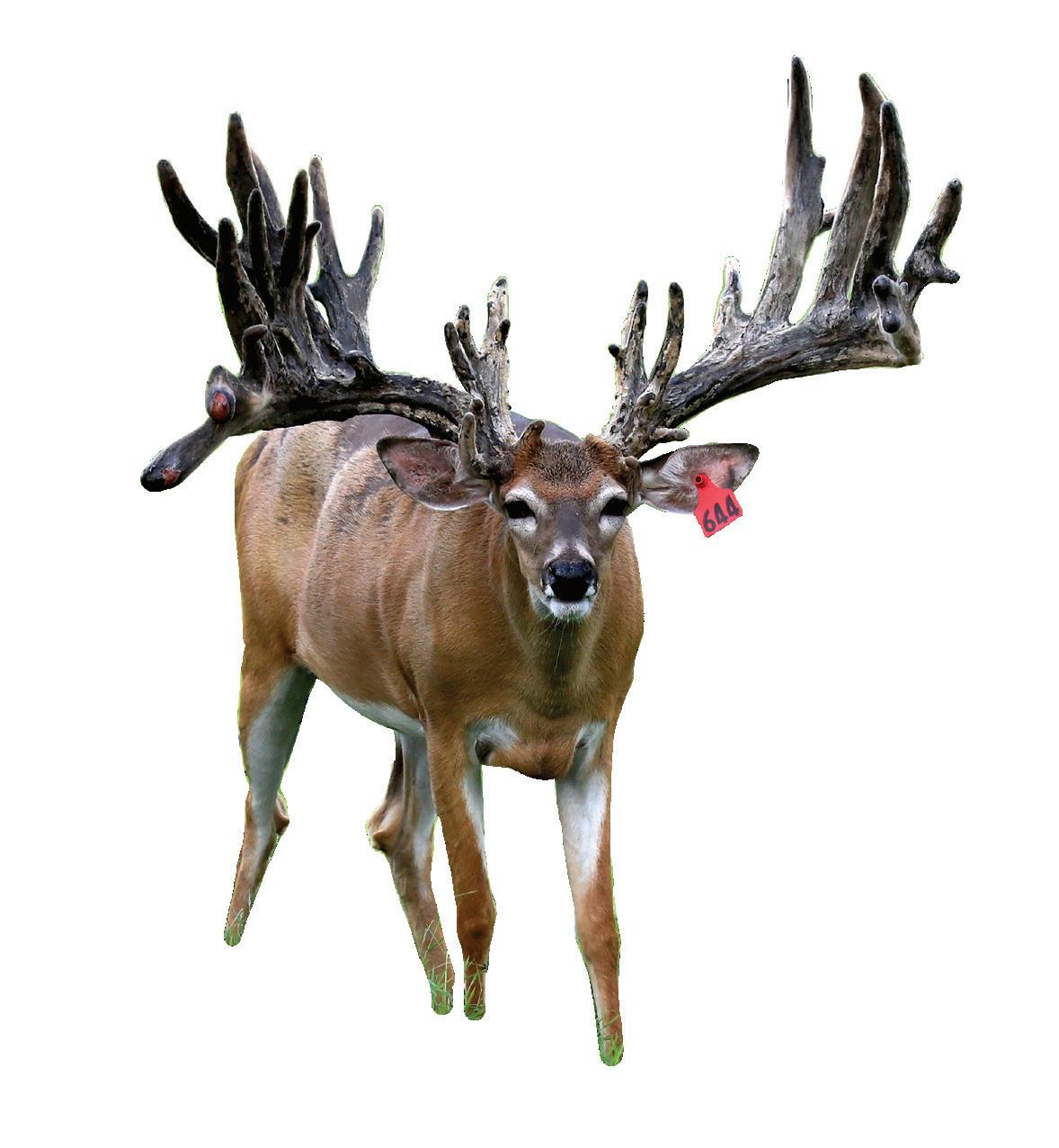
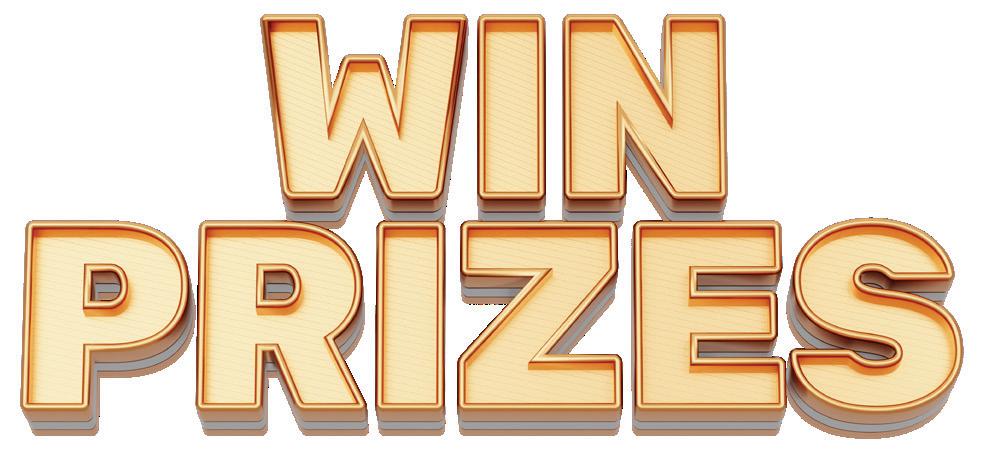



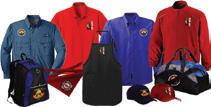







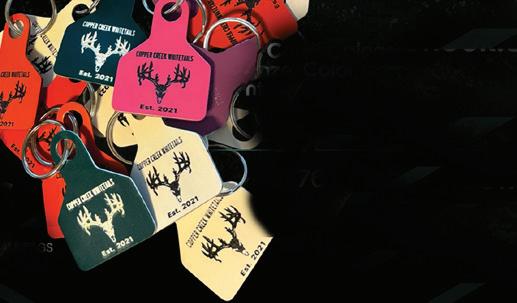





I hereby make application for membership to these associations, agreeing to conform to the Code of Ethics and Bylaws governing the associations.
Signature: Date:

(Texas) TDA (Alabama) ADA (Indiana) IDEFA (Ohio) WDFO (Pennsylvania) PDFA (Louisiana) WOL (Michigan) UDFoM (Kentucky) KALA (Florida) SeTDA (New York) NYDEFA (West Virginia) WVDFA (Oklahoma) WOO (Kansas) KEDA (Missouri) MDA (North Dakota) NDDRA (South Dakota) SDEBA (Minnesota) MDFA (Iowa) IWDA (Illinois) ILDFA

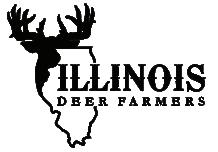
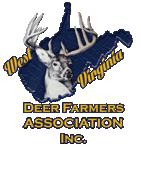


I give permission to have my contact information published in the annual directory and on the website Yes No
$100. Member
$50. Assoc. Member
$50. Assoc. Member
$50. Assoc. Member
$75. Assoc. Member
$50. Assoc. Member
$50. Assoc. Member
$50. Assoc. Member
$50. Assoc. Member
$35. Assoc. Member
$25. Assoc. Member
$50. Assoc. Member
$25. Assoc. Member
$50. Assoc. Member
$50. Assoc. Member
$25. Assoc. Member
$50. Assoc. Member
$50. Assoc. Member
$25. Assoc. Member
FREE e- Member
$100. Active Member
$100. Active Member
$100. Active Member
$100. Active Member
$100. Active Member
$50. Active Member
$100. Active Member
$100. Active Member
$50. Active Member
$75. Active Member
$100. Active Member
$50. Active Breeder
$100. Active Member
$75. Active Member
$50. Active Member
$75. Active Member
$100. Active Member
$50. Active Member


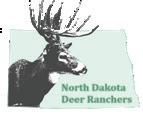
$2500. Lifetime Membership
$1000. Lifetime Membership
$75. Membership w/ Spouse
$1000. Lifetime Membership
$1000. Lifetime Membership
$750. Lifetime Membership
$500 Lifetime Membership
$200. Membership w/ Spouse
$1000. Lifetime Membership
$100. Active Hunting Ranch
$500. Lifetime Membership
$500. Lifetime Membership
If you are a resident of any of these states and required to be an active member, please select the correct
If you are not sure of your membership status with a state and you sign up, your payment will cover you for the next year. *** These states allow anyone that lives in their state and not raising deer but have interest to supporting the industry to be at the Associate Membership Level. This level is a non-voting level.


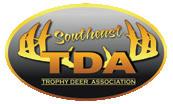





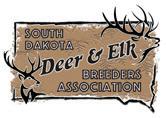


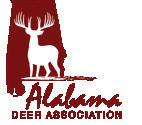


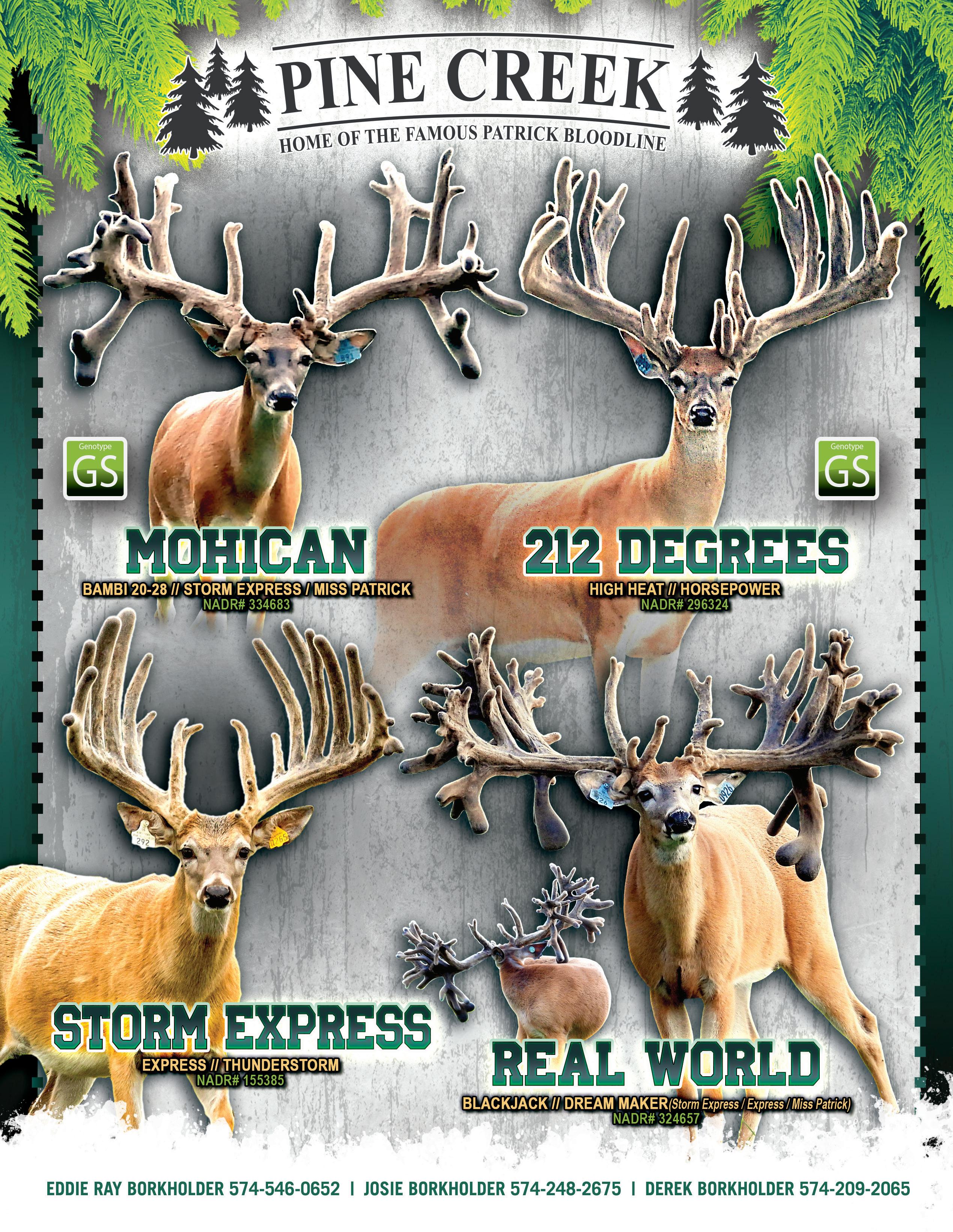
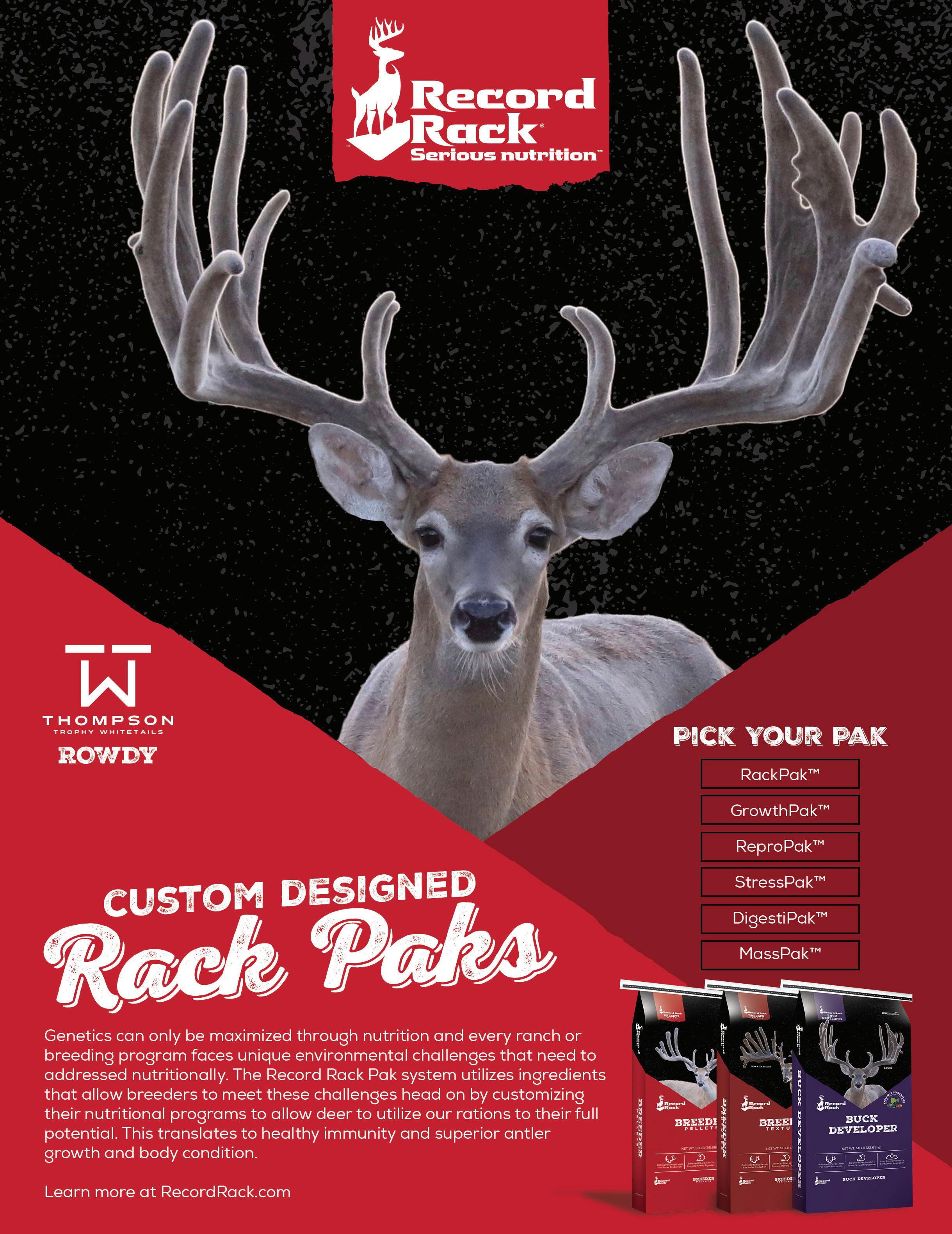

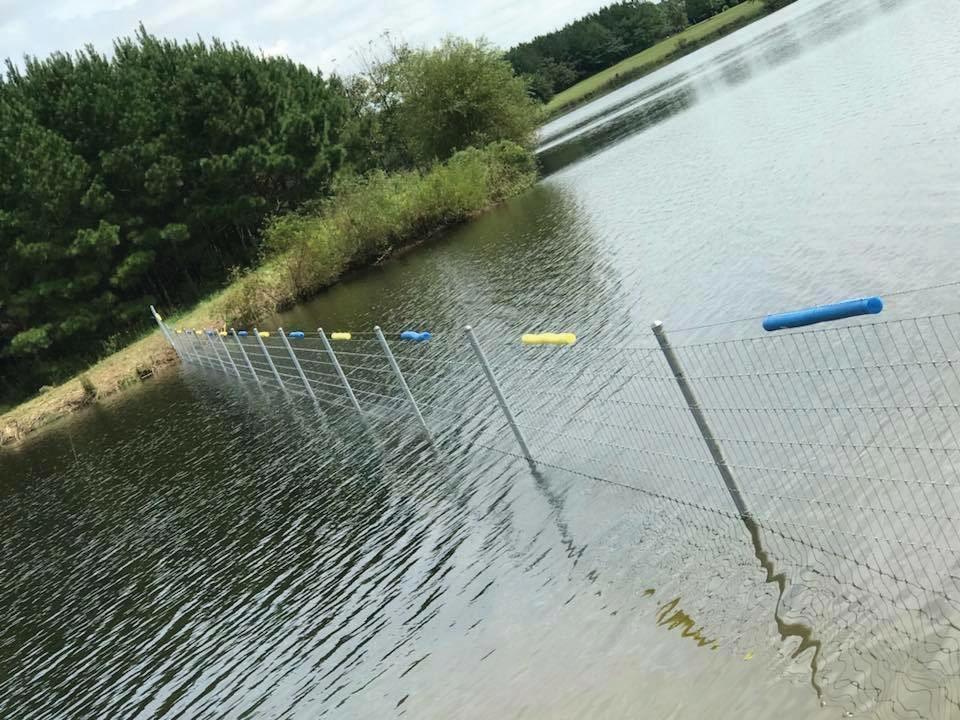

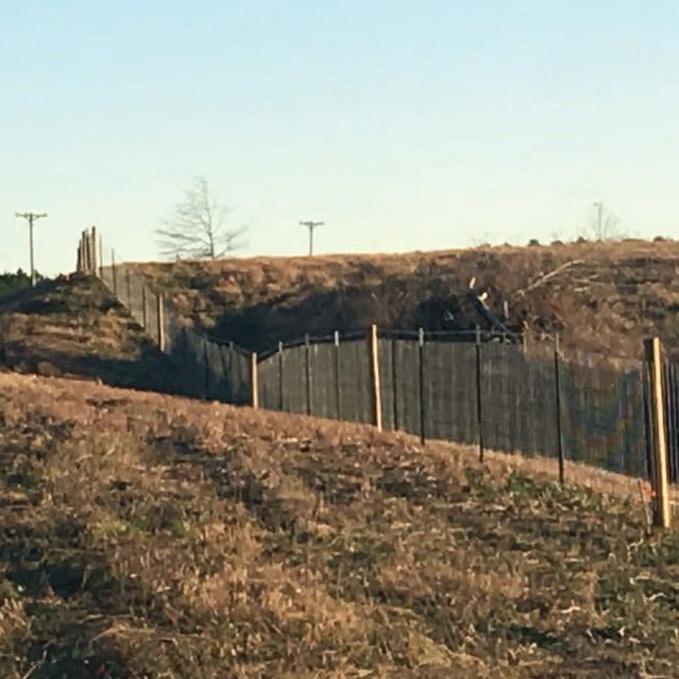
We created this magazine in order for 2024 Breeder and Hunting Preserve advertisers to showcase their most recent photos of their bucks close to the last days of antler growth. We realize establishing a collective deadline for all states Fall magazines to publish on the same date to obtain last-minute photos would be impossible to achieve. With this magazine, advertisers have one more chance to showcase their bucks.
~ Thank you to all that participated!
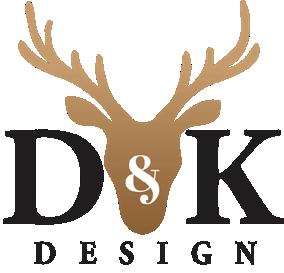


320-905-2622 or 260-222-3478











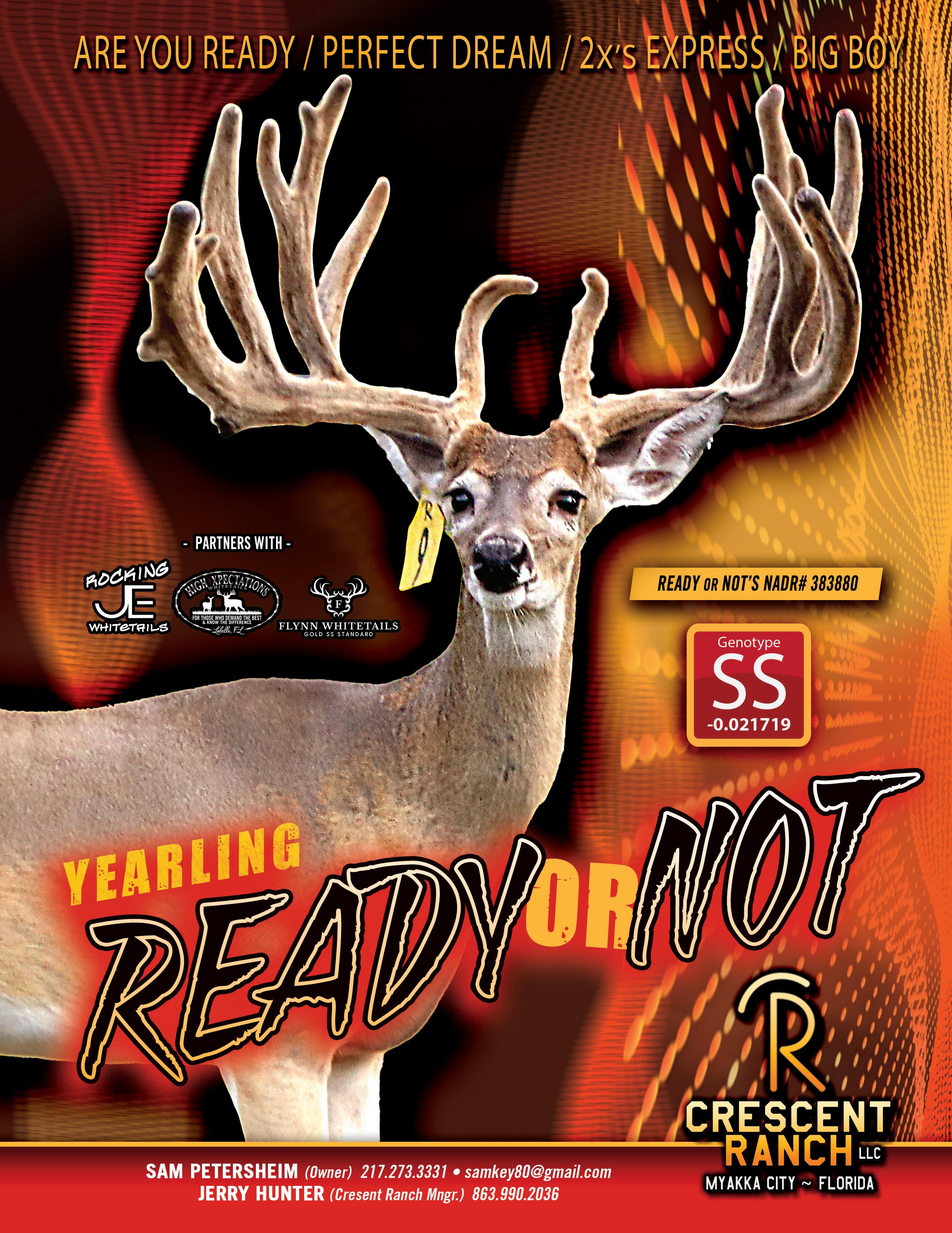

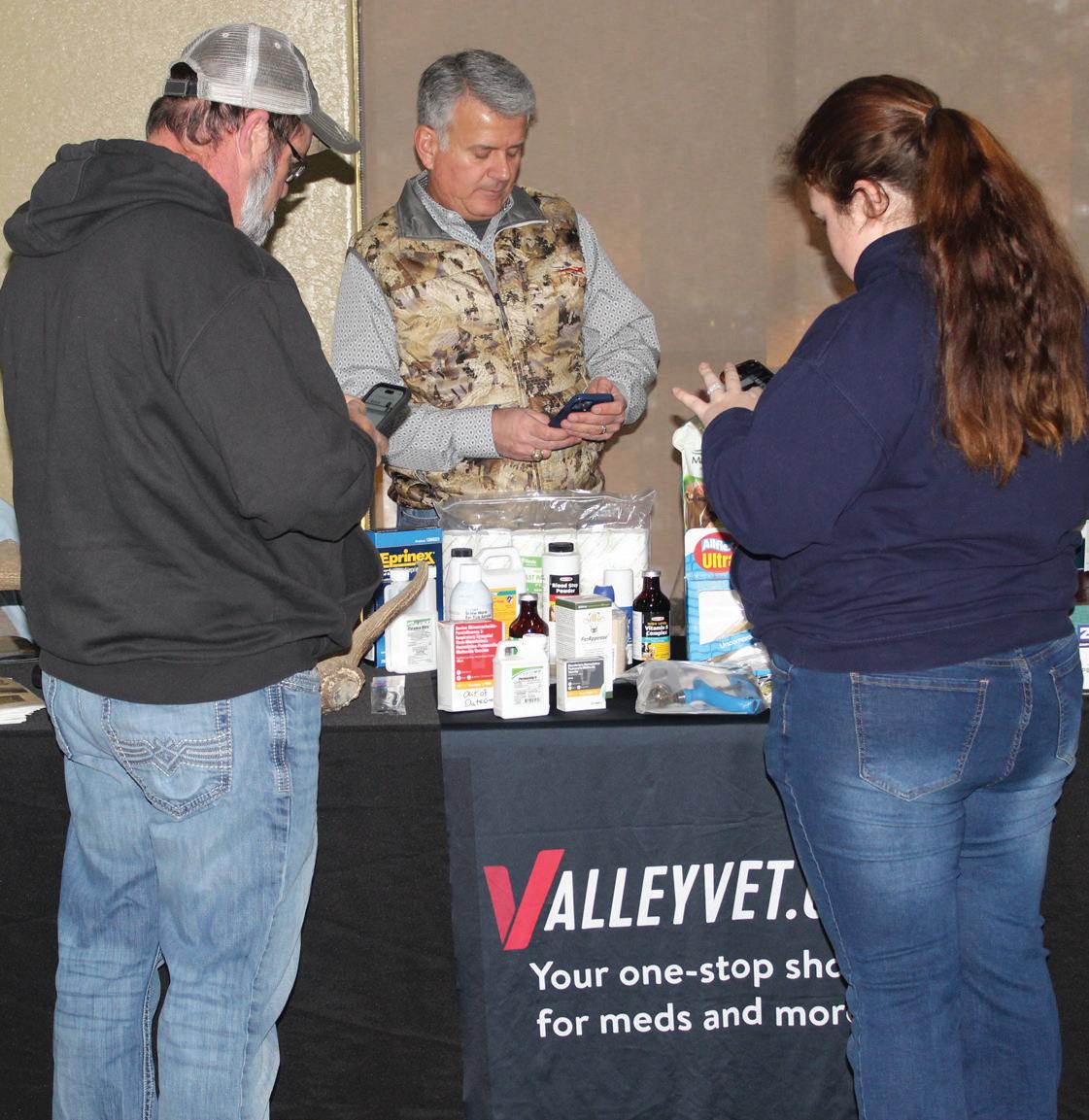






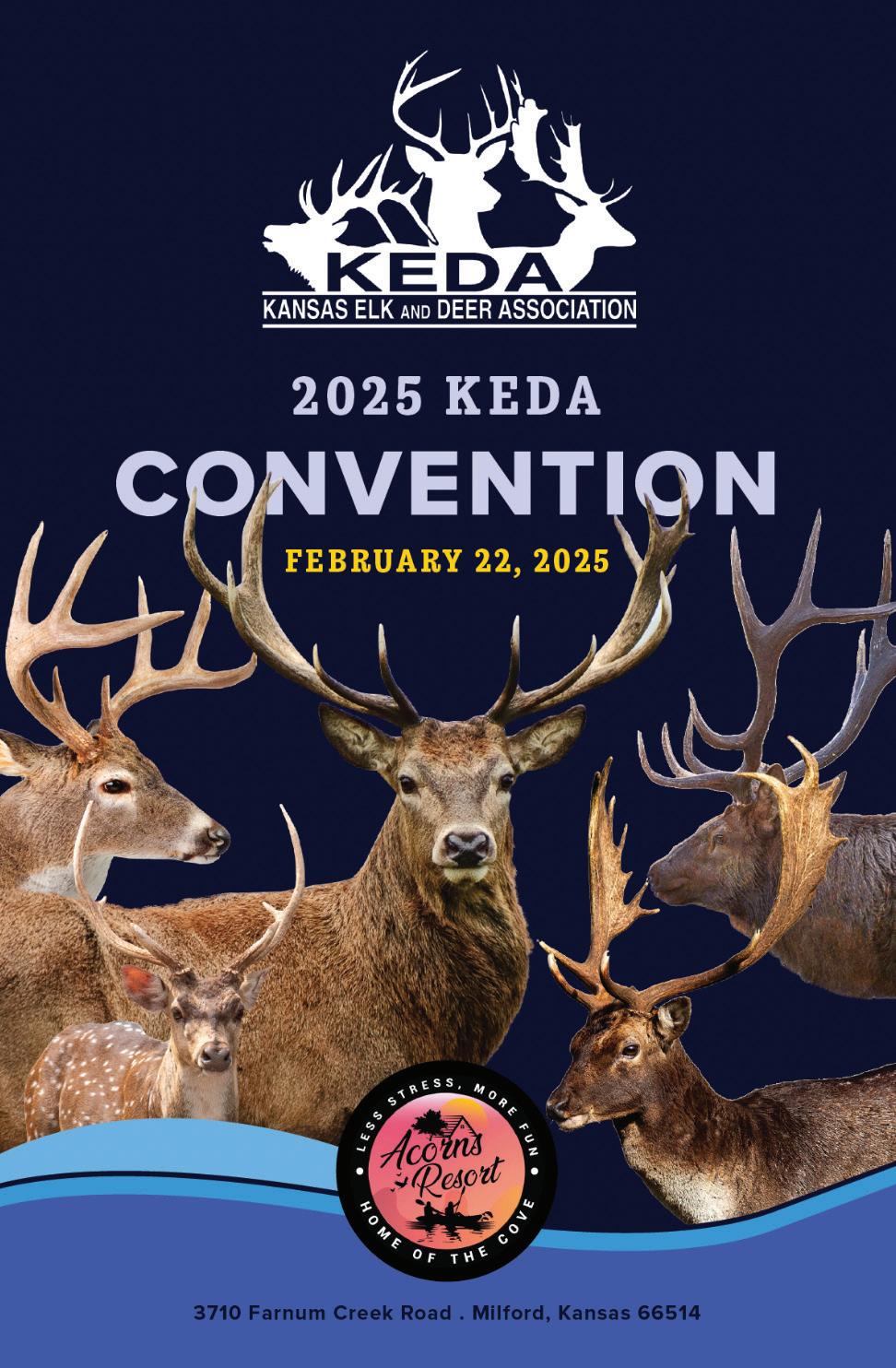
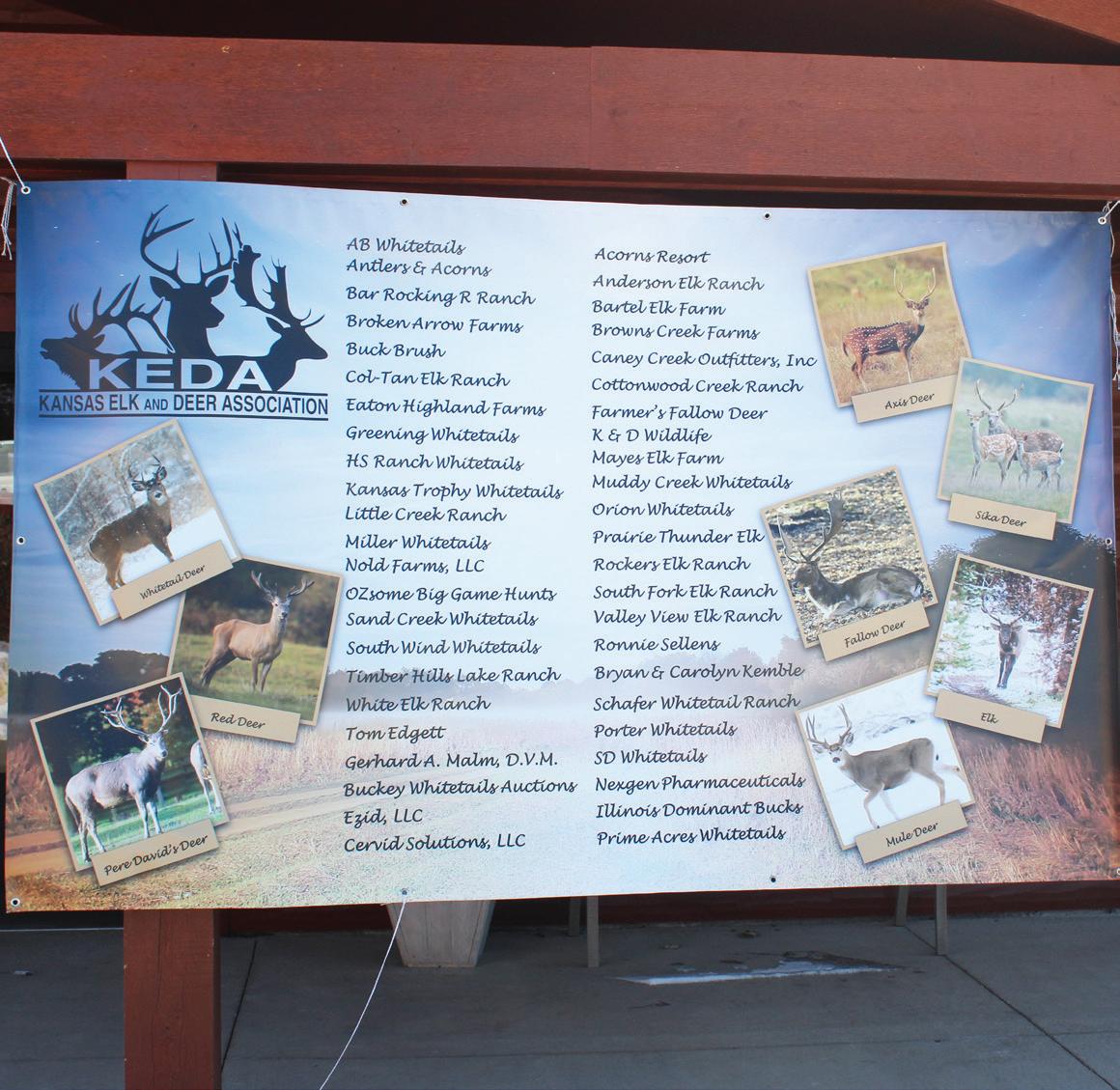
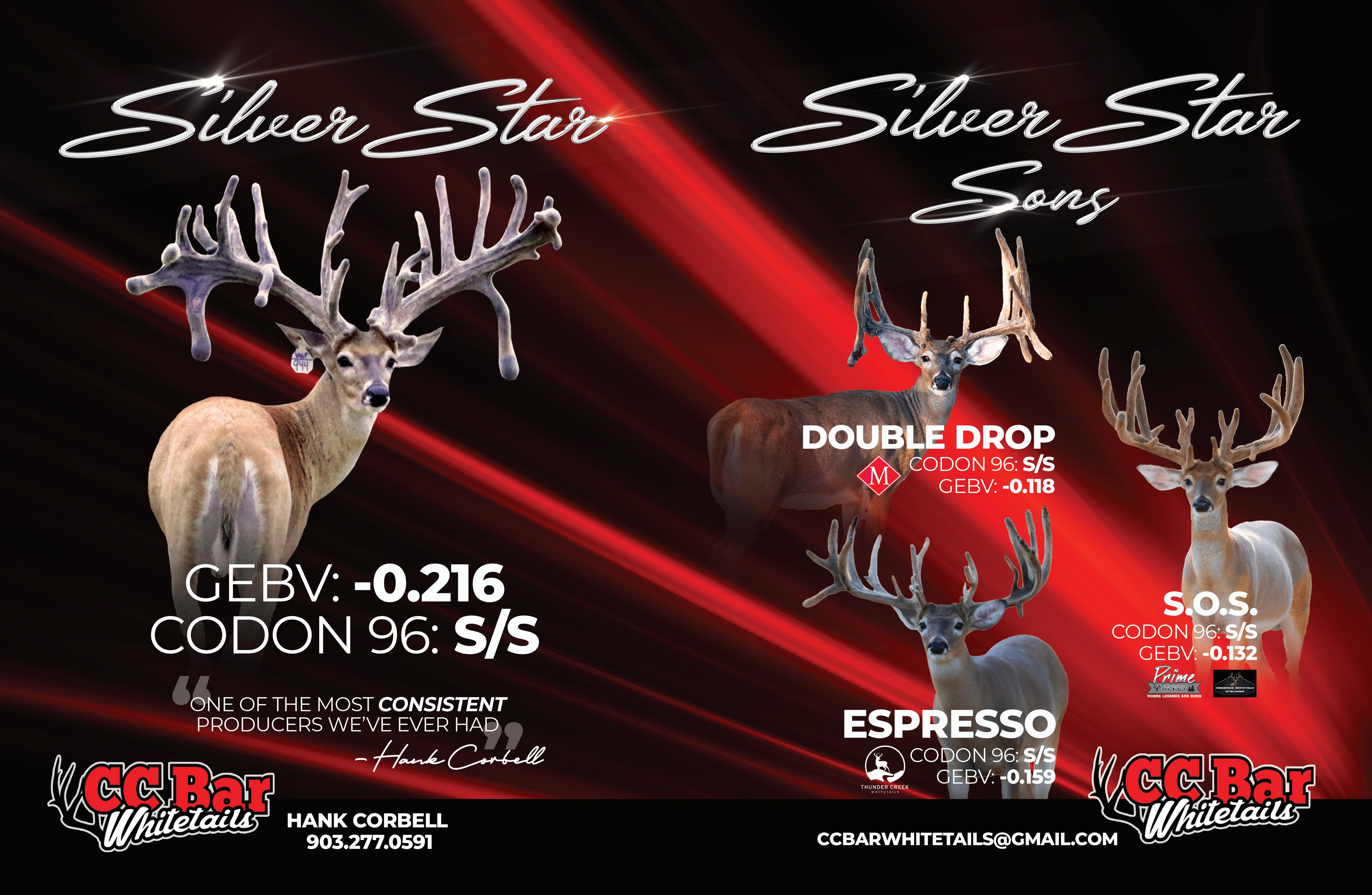



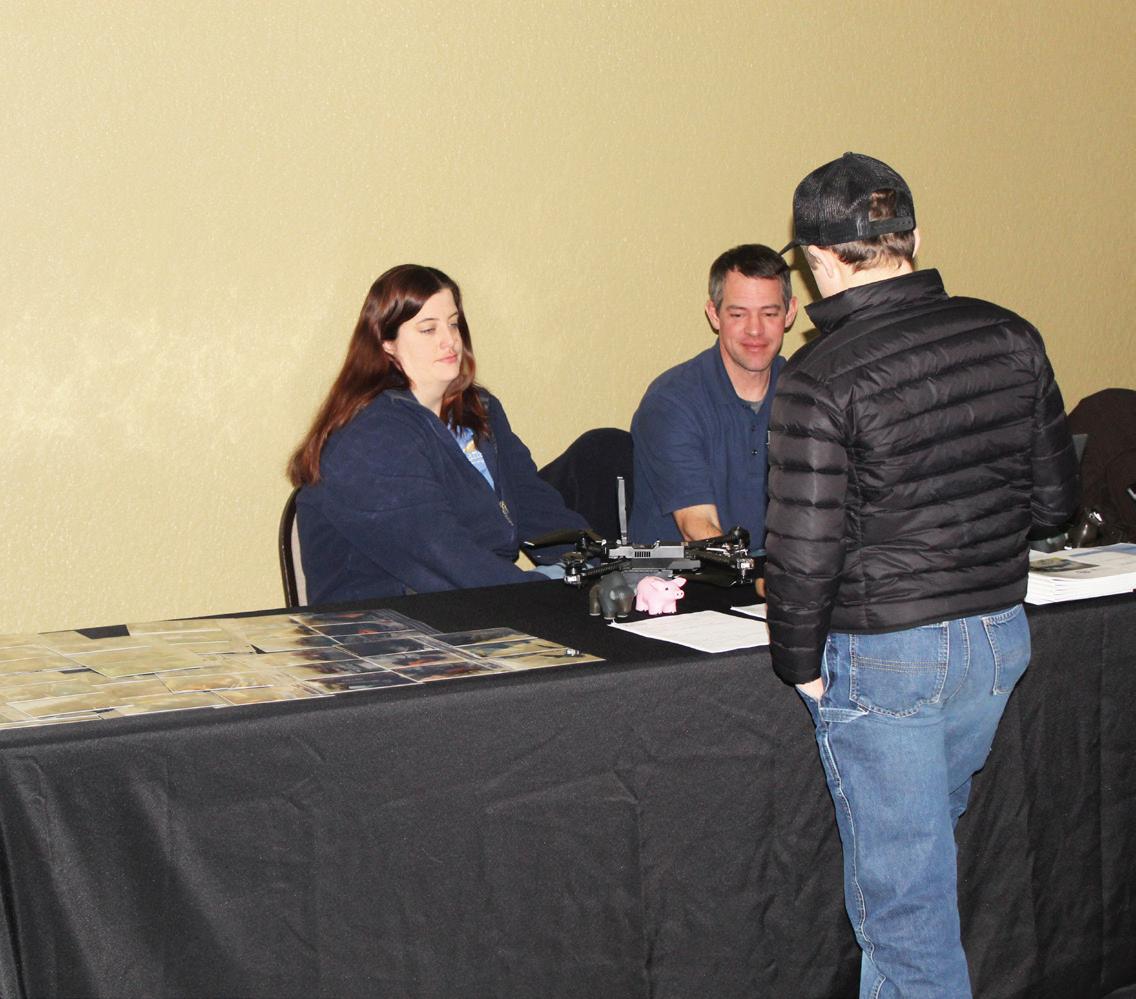

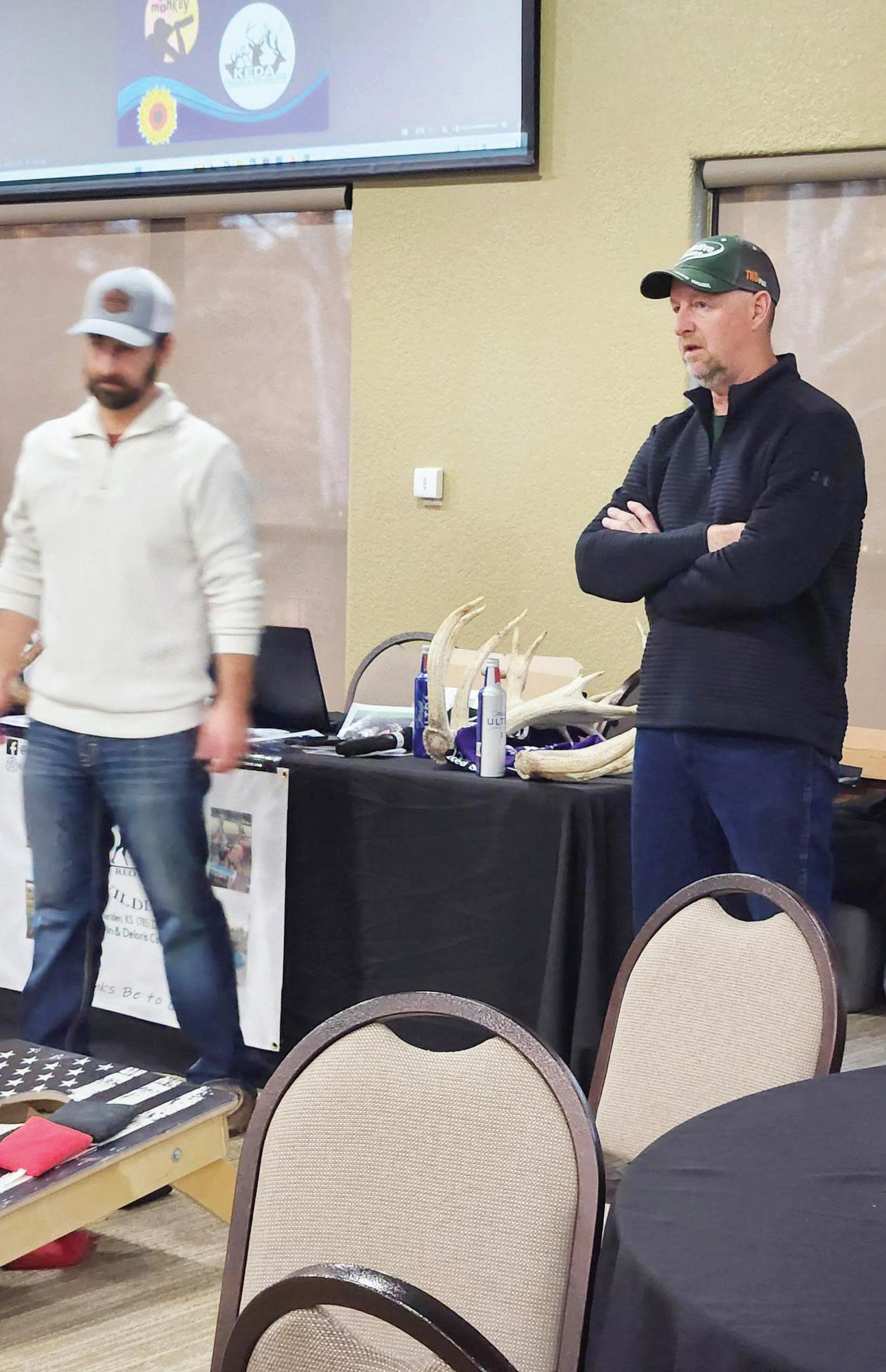



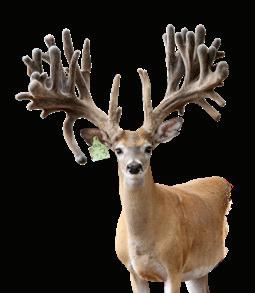

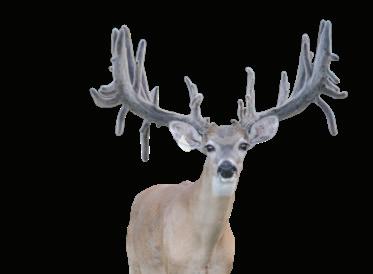



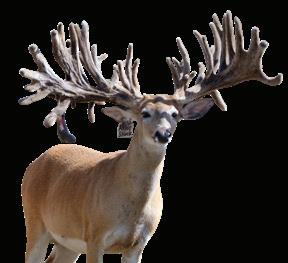

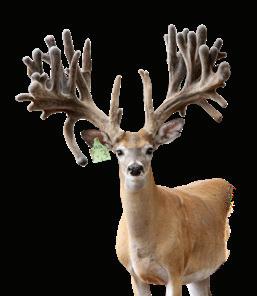


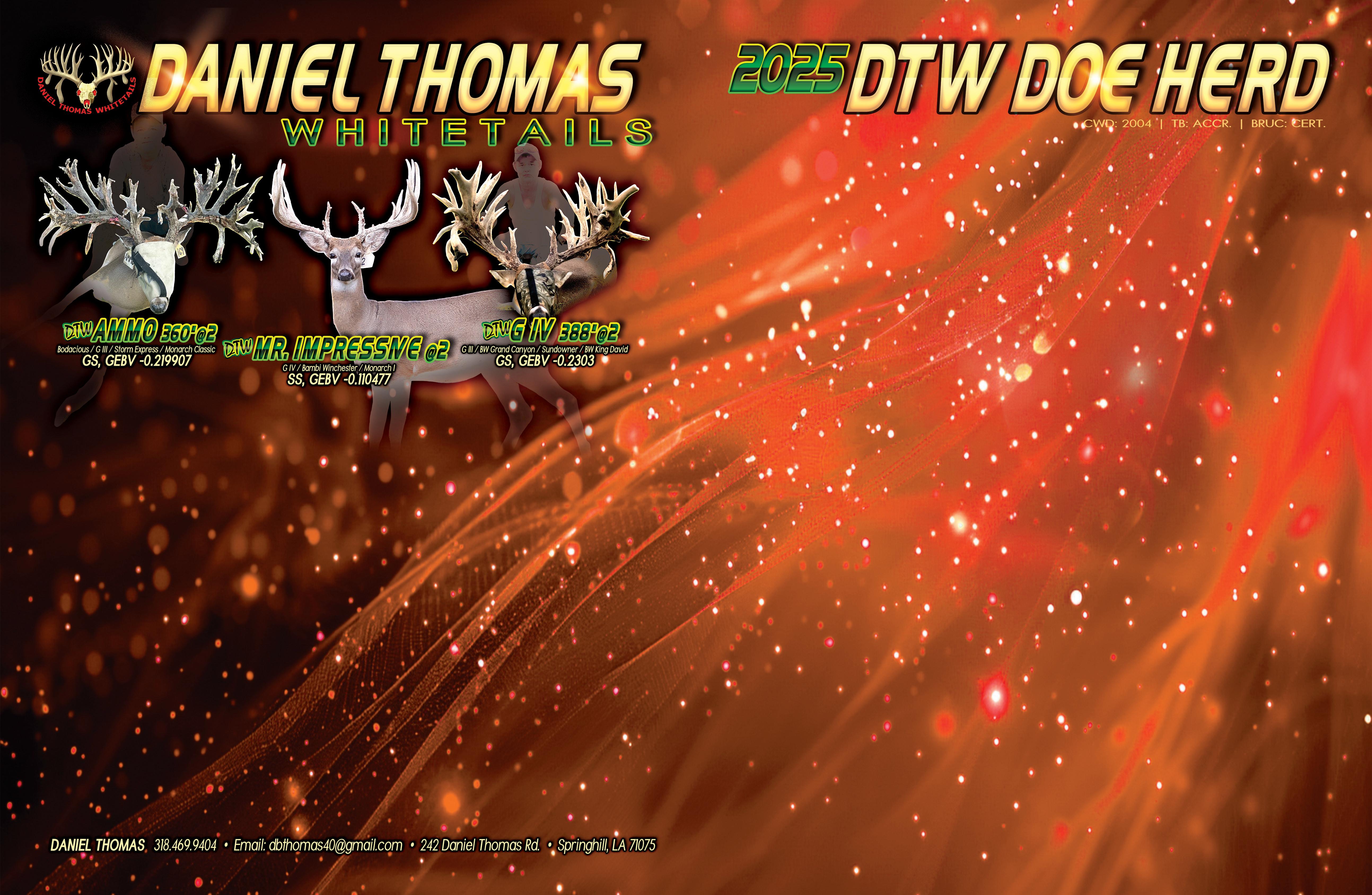




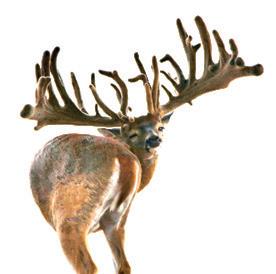


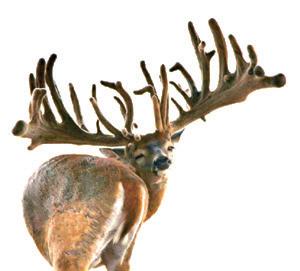



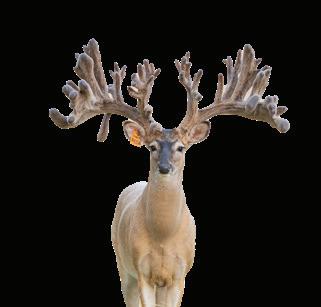



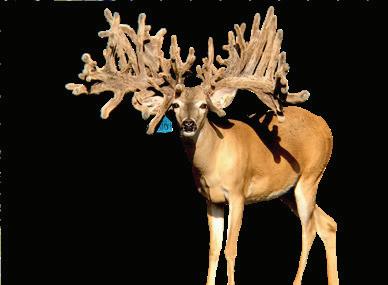
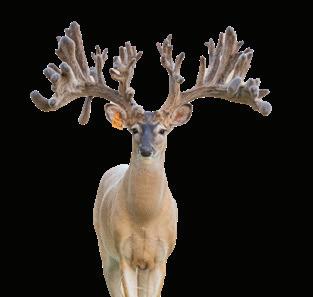

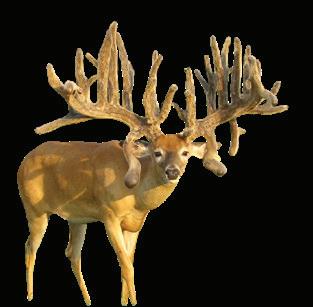






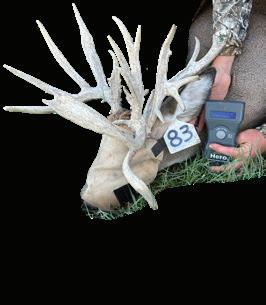







NADR#
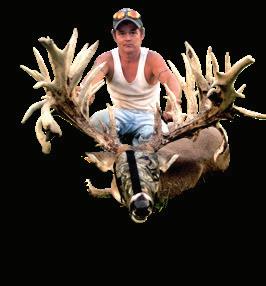

DTW


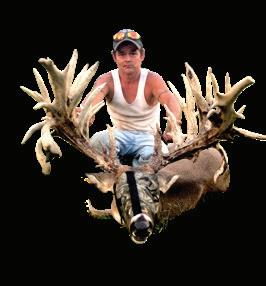



DTW

DTW


DTW Yellow 96 DTW

NADR#

IV

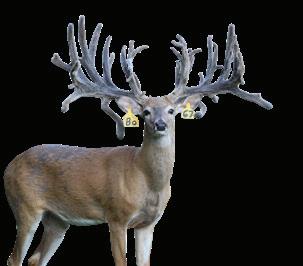

NADR#
DTW Yellow 213

DTW G IV
DTW Red 13
DTW
Bambi

DTW G IV
DTW Yellow 83

NADR#

DTW G
DTW Red

DTW Red 269























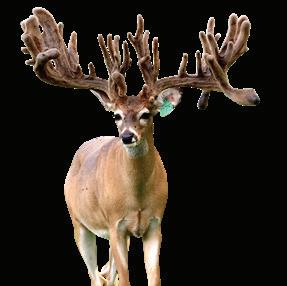



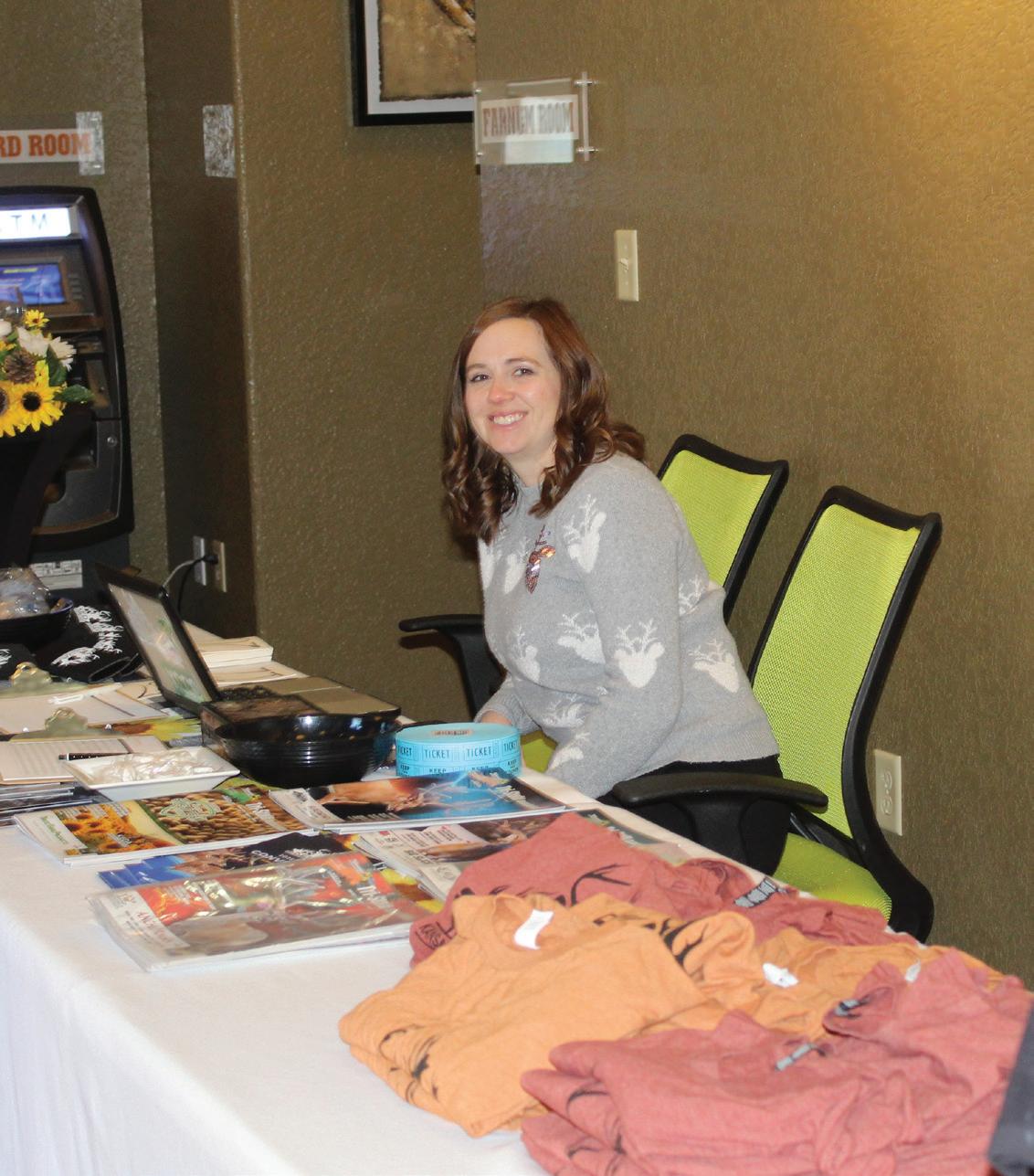
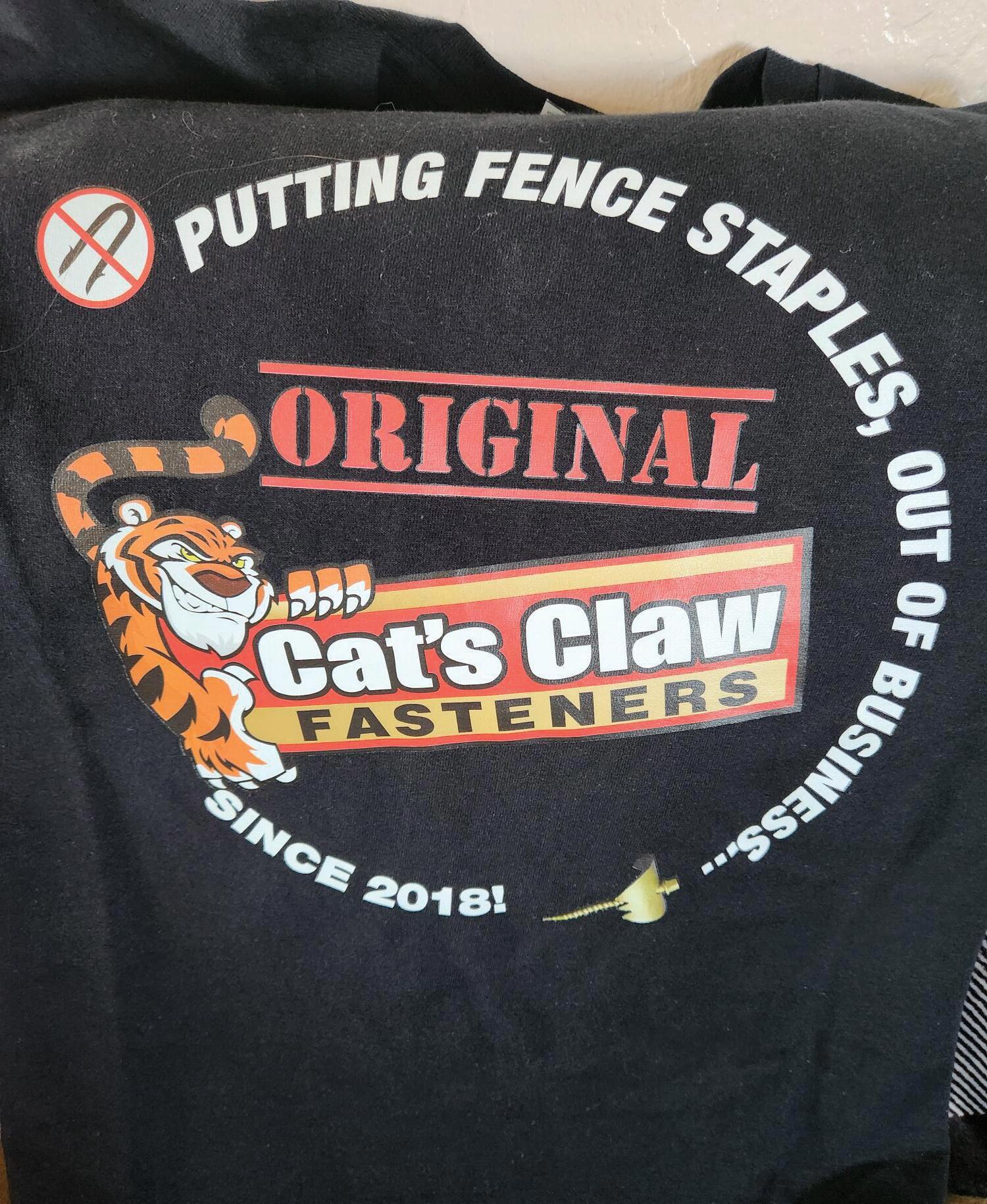
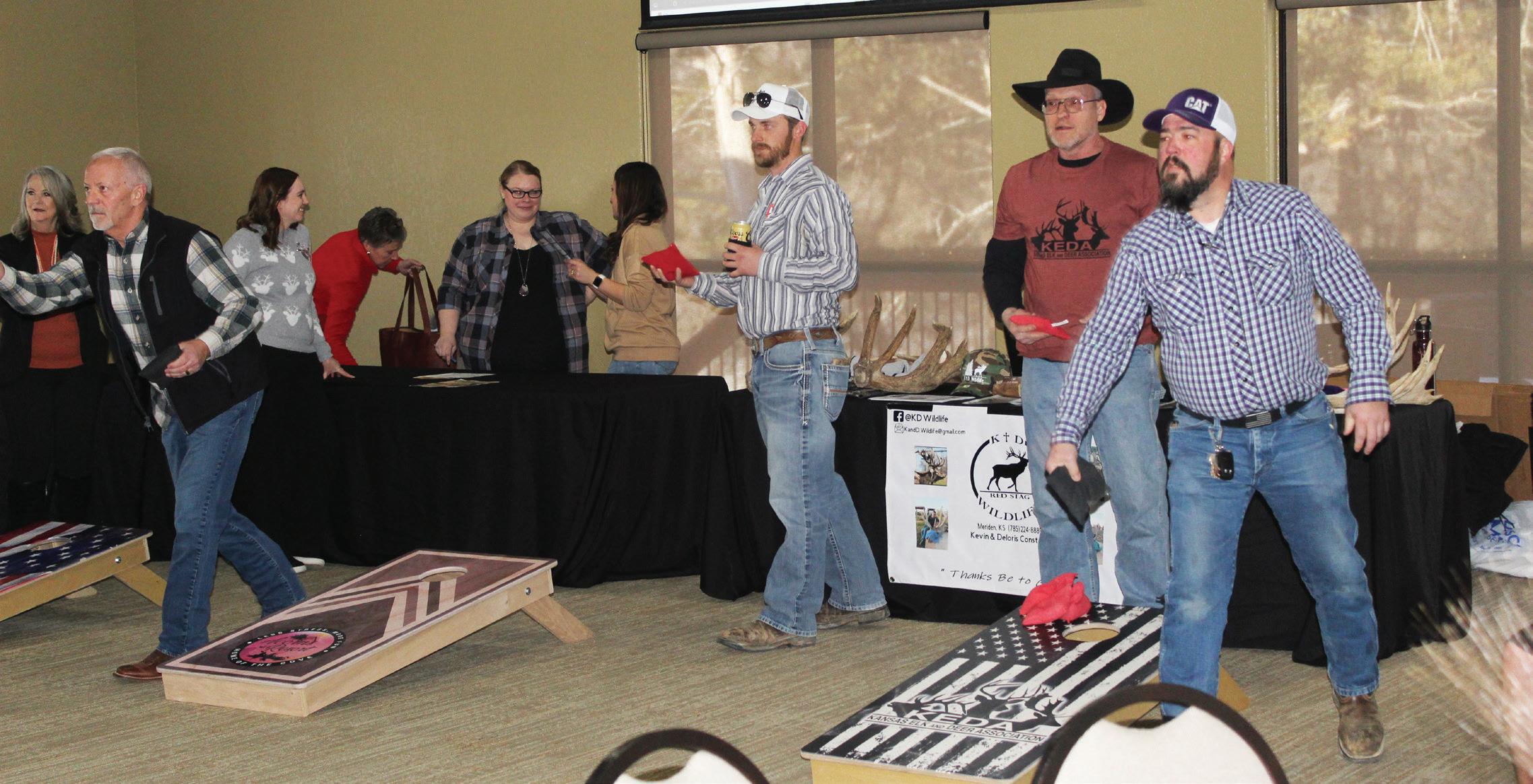
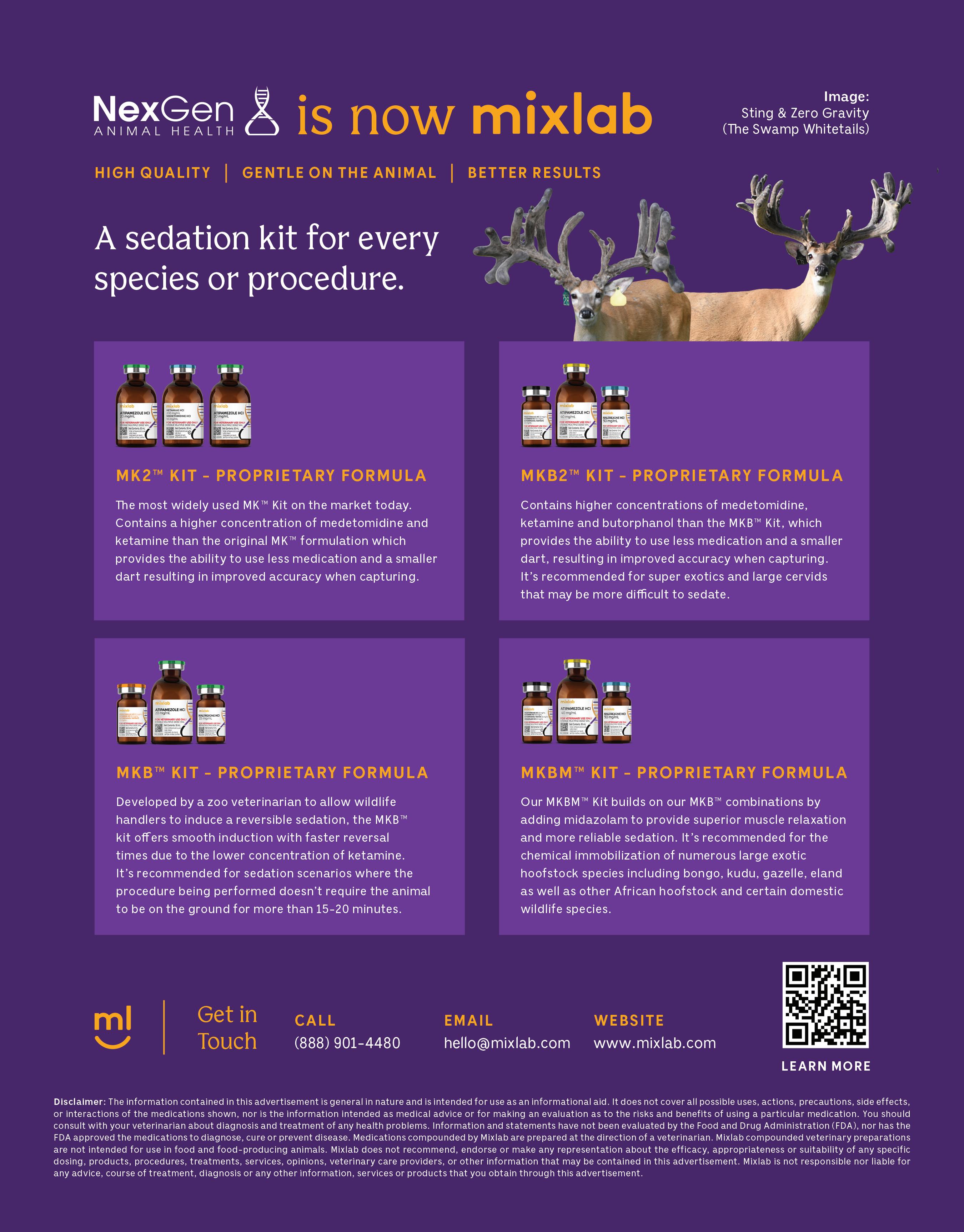

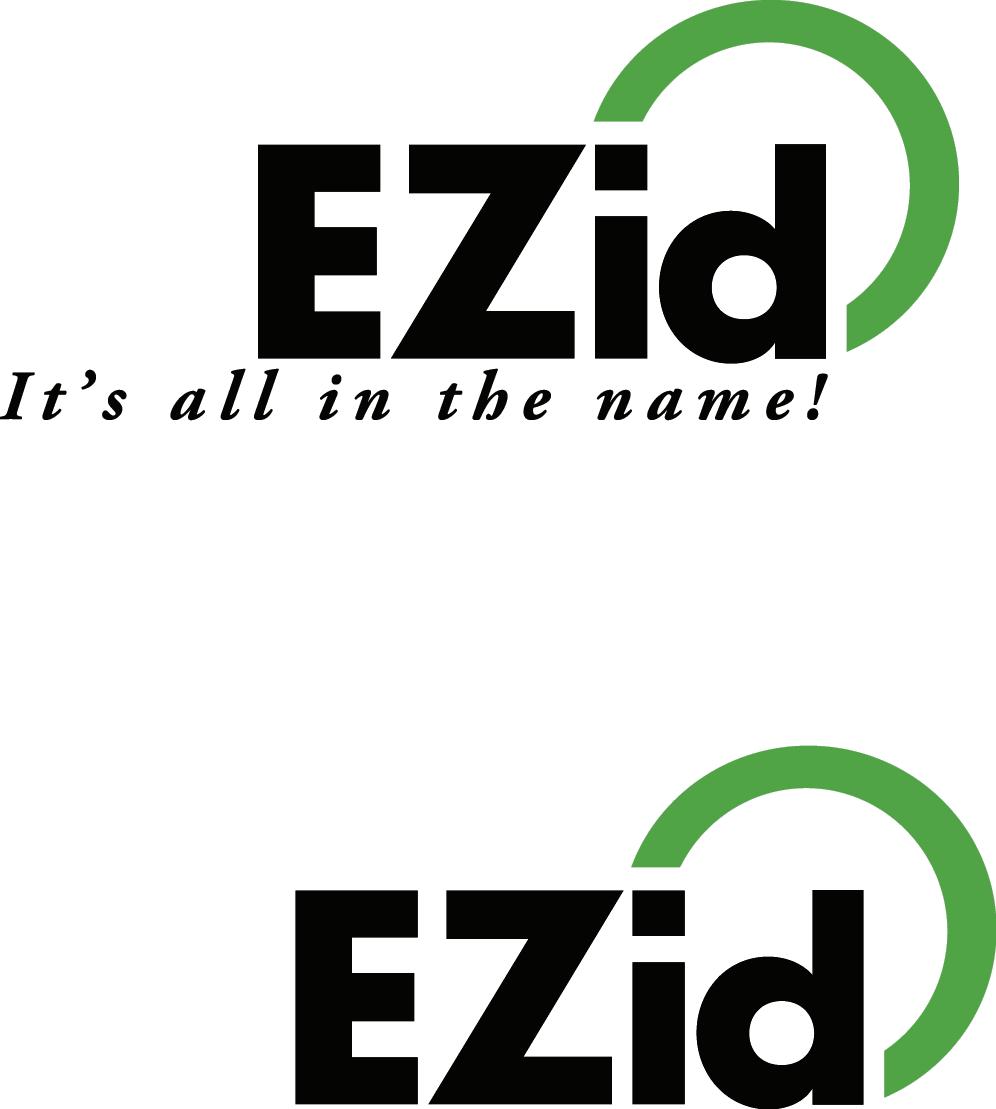
Micr ochips •
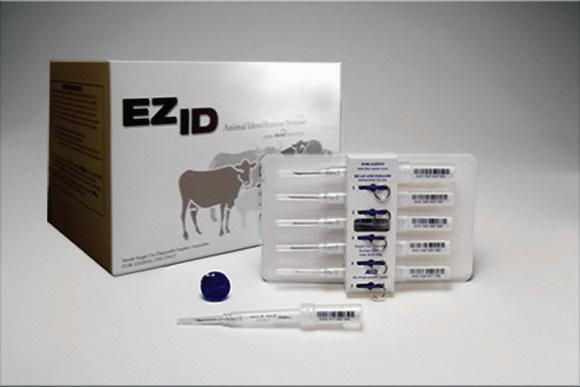









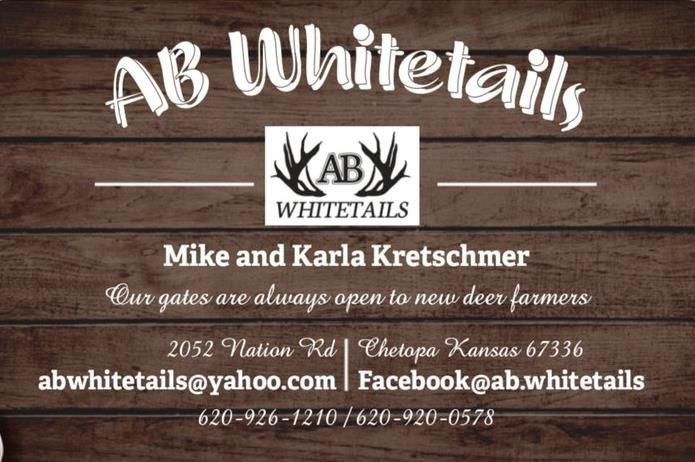
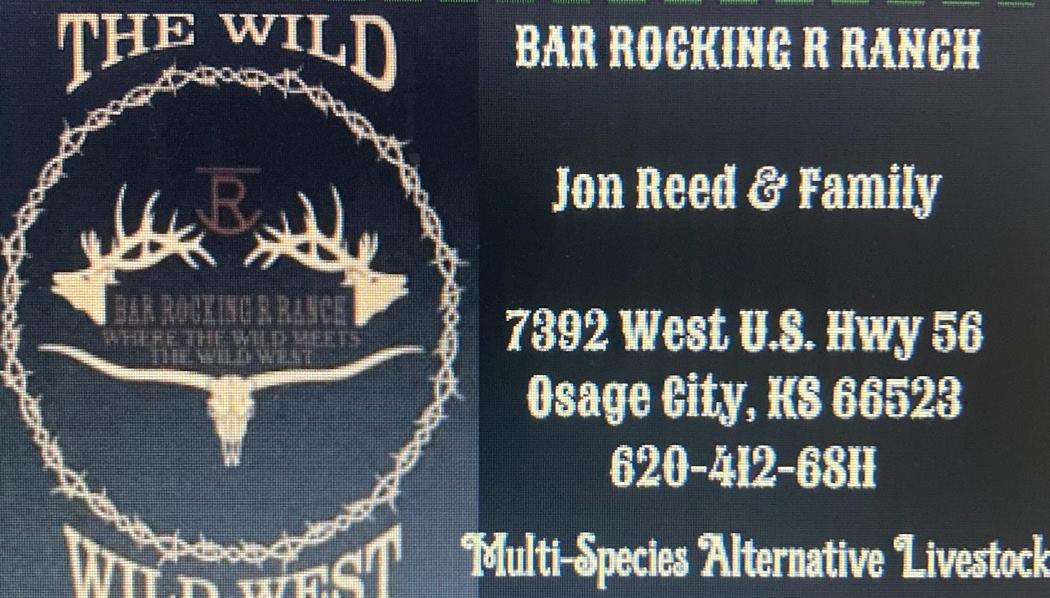

By: Gail Veley • Sponsored by The Kansas Elk and Deer Association
The deep and rich smell of cattle along with lingering swells of mooing, lowing and humming surrounded Becky and Brendan Compton, as they attended the Holton Livestock Exchange in Jackson County, Kansas in April of 2016. Becky was for all intents and purposes, still a blushing bride having just gotten married to Brendan the weekend before. Brendan was put in charge of planning their honeymoon. Plans that didn’t include a plane ticket, fancy hotel room or lavish meals. Instead, it included their half-ton pickup truck and stock trailer. Happy honeymoon, sweetheart. However, life has been sweet for the Compton’s who decided in 2022 to raise fallow deer alongside their cattle at BRC Fallow Deer in Augusta, Kansas. “I am pretty smitten with fallow deer,” Becky shared. “We were looking for a livestock option that didn’t require as much acreage and we were up for the challenge.”
Having acquired their first 14 deer, a “starter pack” herd from Brad Farmer of Farmer’s Fallows, they are very satisfied with the way things have turned out in their now 32-member herd. “Our fallow deer, although not susceptible to CWD (Chronic Wasting Disease), are enrolled in the states voluntary CWD monitoring program,” Becky said. “We are working towards our five-year CWD-free certification as several states require that for moving deer.” Fallow deer are a great option for livestock as they eat a varied diet that includes forbs ‘weeds,’ grasses, brambles and shrubs found in most areas. They are also extremely hardy, adapting well to many environments and
habitats, making them excellent ‘lawn mowers.’ While still a wild animal, and sometimes very skittish, with enough work some of the animals are willing to be tamed. “I feel the market for fallow deer is good in Kansas and nearby states as demand continues to out-pace supply.” Becky, 37, said. “We’ve sold two bucks so far.”
Jon Reed found Kansas an inviting place to raise elk, his most beloved animal. Even when his treasured elk herd was destroyed years ago over a CWD alarm, he started over and today is also raising axis deer and barbary sheep at his farm, Rocking R Ranch in Osage City, Kansas. Of all the livestock he’s acquired, perhaps he’s learned the most from his herd of ten (and growing) axis deer he’s raised since 2022. “They are smaller and thicker than whitetails,” he said. “They can’t handle being cold and wet. They need shelter. We use heat lamps inside the barns and pull our breeding buck to avoid anything being born January through March. We bottle feed one baby per year to help keep the rest of the herd calm. We don’t handle the adults and use a dart gun. A lot of exotics are like that.”
“Axis deer are a relatively new thing and the markets are spiking,” Jon, 55, explained. “They don’t get CWD. The Exotic Wildlife Association (EWA) now has a registry for baseline registration. For the first time ever they are being registered, and we can start stacking genetics. The antlers are getting bigger and include nontypical. The market is definitely there.” In order to bring axis deer into the state, two tests for tuberculosis 90 days apart are required. However, Jon feels it is worth the effort. “The largest axis buck ever captured was huge and sold for $70,000,” he said. “With the hunting market being what it is, it doesn’t matter what we breed. We can’t keep up with the demand. Exotics can be a good and lucrative way to go if you learn all you can up front and take your time making decisions.”
Raising exotics also requires the necessity to provide appropriate space and facilities for them to thrive, Becky emphasized. “We have five acres fenced in and we have rolls of fencing just waiting for our expansion next summer,” she said. “We are thrilled with our decision to raise an exotic species.”
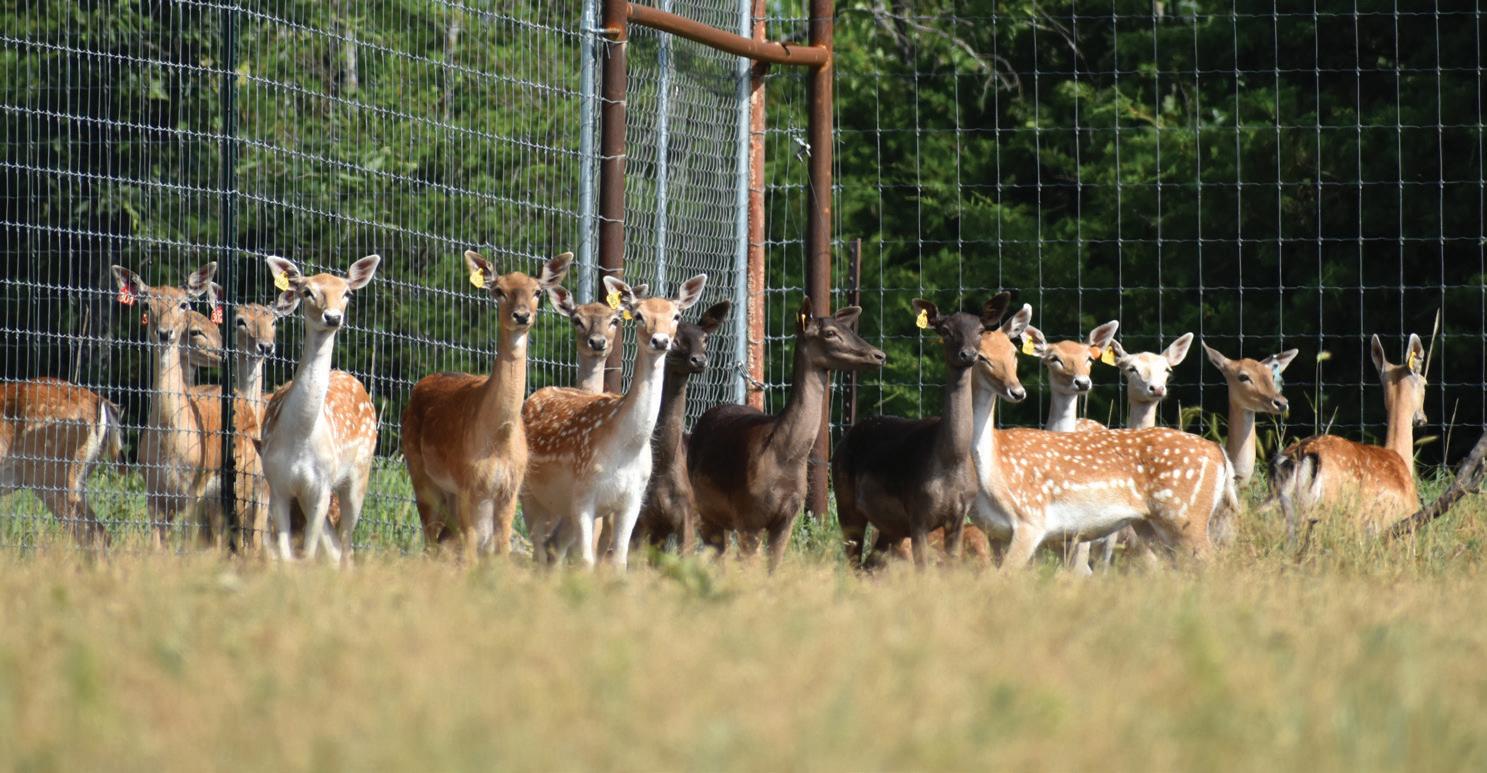
This hearty Slow Cooker Venison Stew with mushrooms, chestnuts and cranberries is easy to make and totally delicious.
• 3 tbsp olive oil or as needed
• 2 lb (950g) venison cubed
• 1 large onion peeled and finely diced
• 1 ½ cups (200g) mushrooms sliced
• 3 garlic cloves minced
• 2 tsp brown sugar
• 1 tsp salt
• 1 tsp ground black pepper
• 2 tbsp tomato paste
• 1 tbsp cranberry sauce or redcurrant jelly
• 1 cup (120g) cooked chestnuts (optional)
• ½ cup (65g) fresh or frozen cranberries
• 1 cup (240 ml) red wine or ruby port
• ½ cup (120 ml) beef broth (stock cube is fine too)
• 2 tbsp Worcestershire sauce
• salt and pepper to season


1. Heat the oil in your slow cooker if it allows for searing or in a separate pan. Brown the meat over medium-high heat, in batches, until nicely browned. Use a slotted spoon to transfer to a bowl.
2. Add a splash more oil if needed and reduce the heat. Sauté the onion and mushrooms for 5-7 minutes, stirring, or until softened.
3. Stir in the garlic then the sugar, salt, pepper, tomato paste and cranberry sauce. (If you have been using a separate pan transfer everything to your slow cooker now).
4. Add the meat, chestnuts, cranberries, beef broth, wine and Worcester Sauce and stir to combine.
5. Cover and cook on HIGH for 4-5 hours or LOW for 7-8 hours or until the venison is tender.
6. Check the seasoning and add salt and pepper if needed.
7. Serve over mashed potatoes sprinkled with fresh thyme.
Notes:
To cook in a Dutch Oven, follow the steps to brown and sauté on the hob. Double the amount of beef broth and red wine then transfer to the oven, preheated at 160°C (325°F), for 1 1/2 – 2 hours or until the venison is tender. Keep any leftovers in the fridge for up to three days or freeze for up to three months.
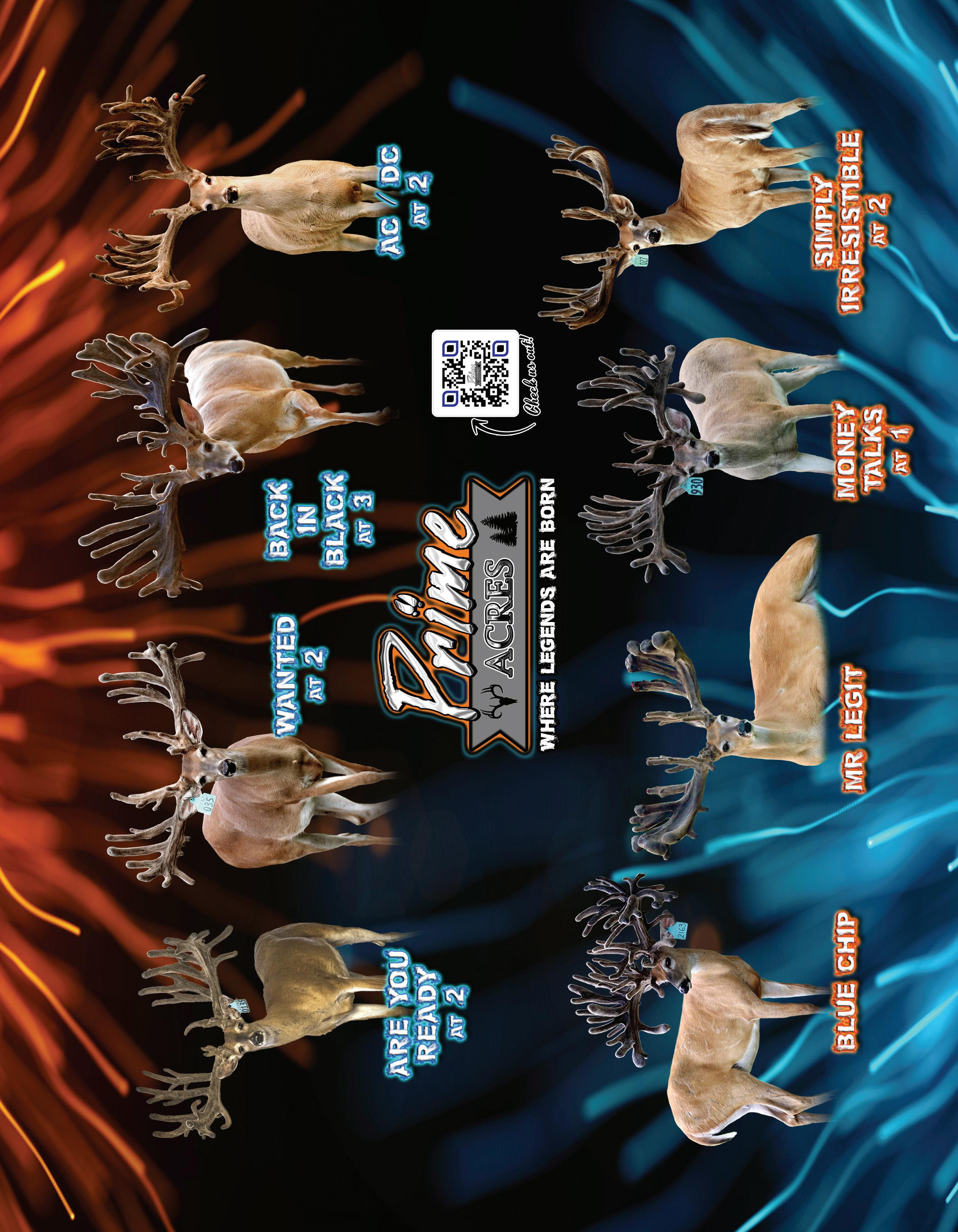
Did you know impact trauma can negatively influence medical treatment? We do. Which is why we’ve spent 55+ years perfecting the ideal remote delivery device. Shorter in length and lightest on the market, our disposable RDDs, with patented Slo-Inject® technology, provide ultimate accuracy while reducing the potential for problematic hematomas.
Pneu-Dart. When you can’t afford to miss.®




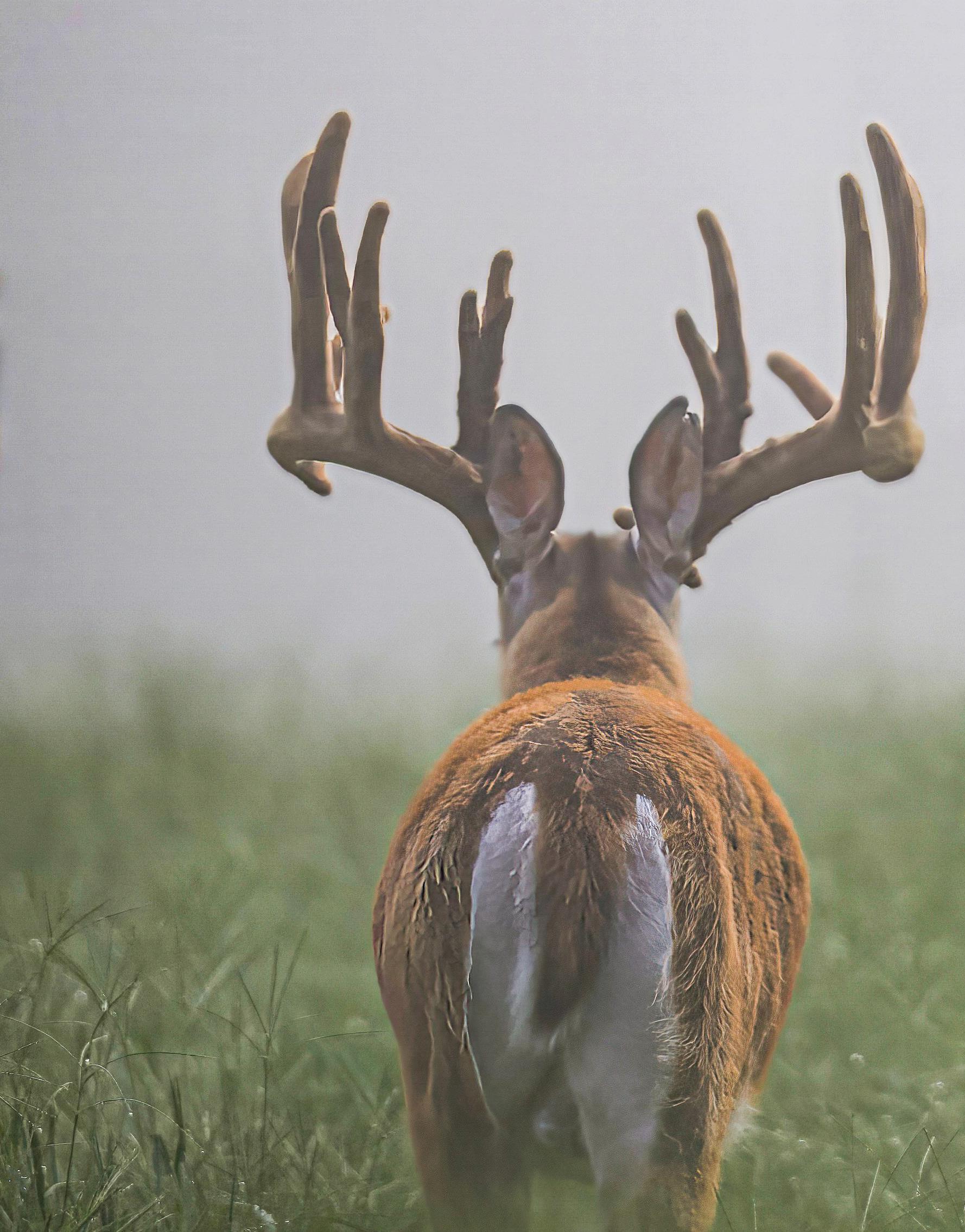




















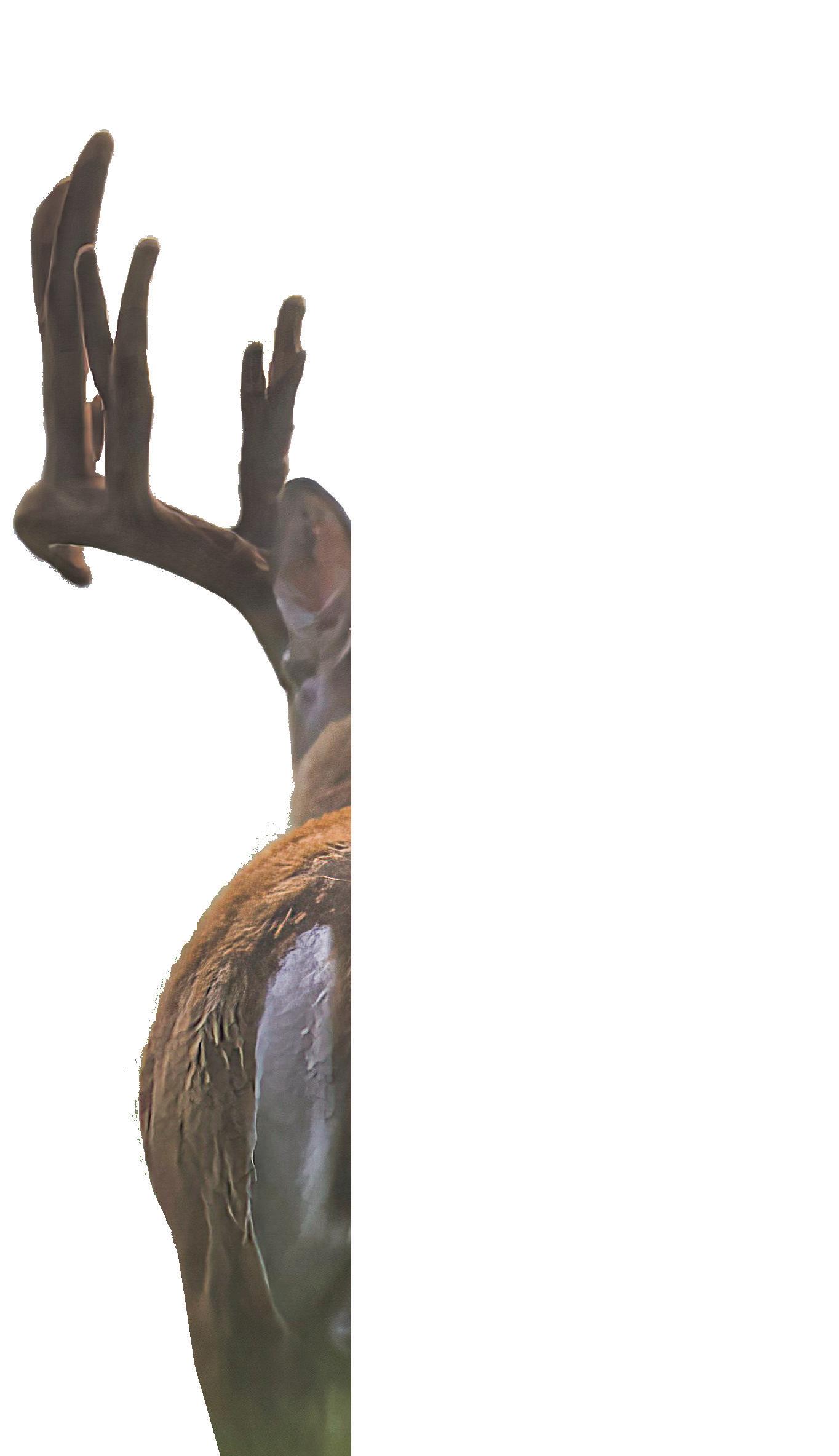
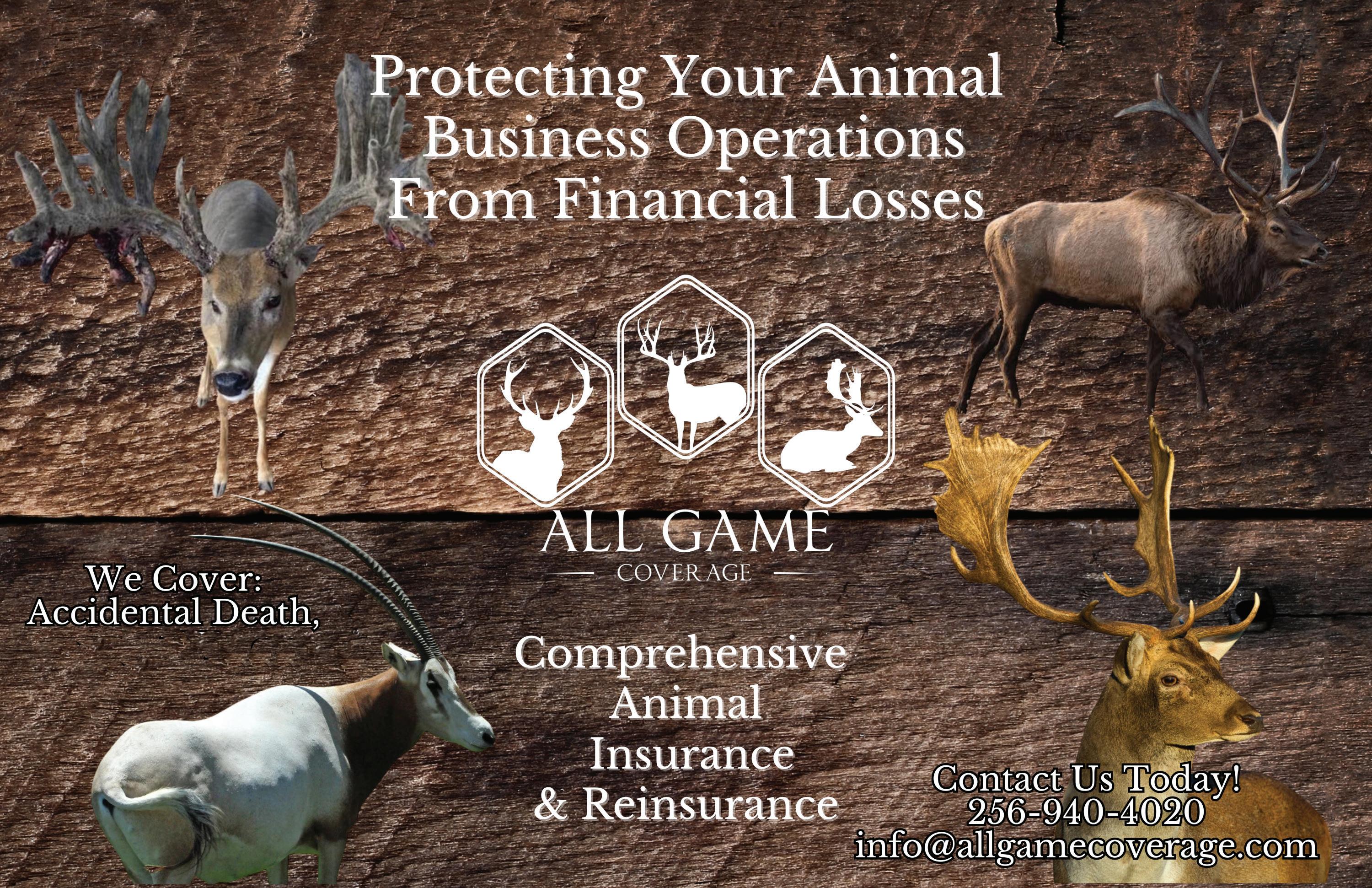
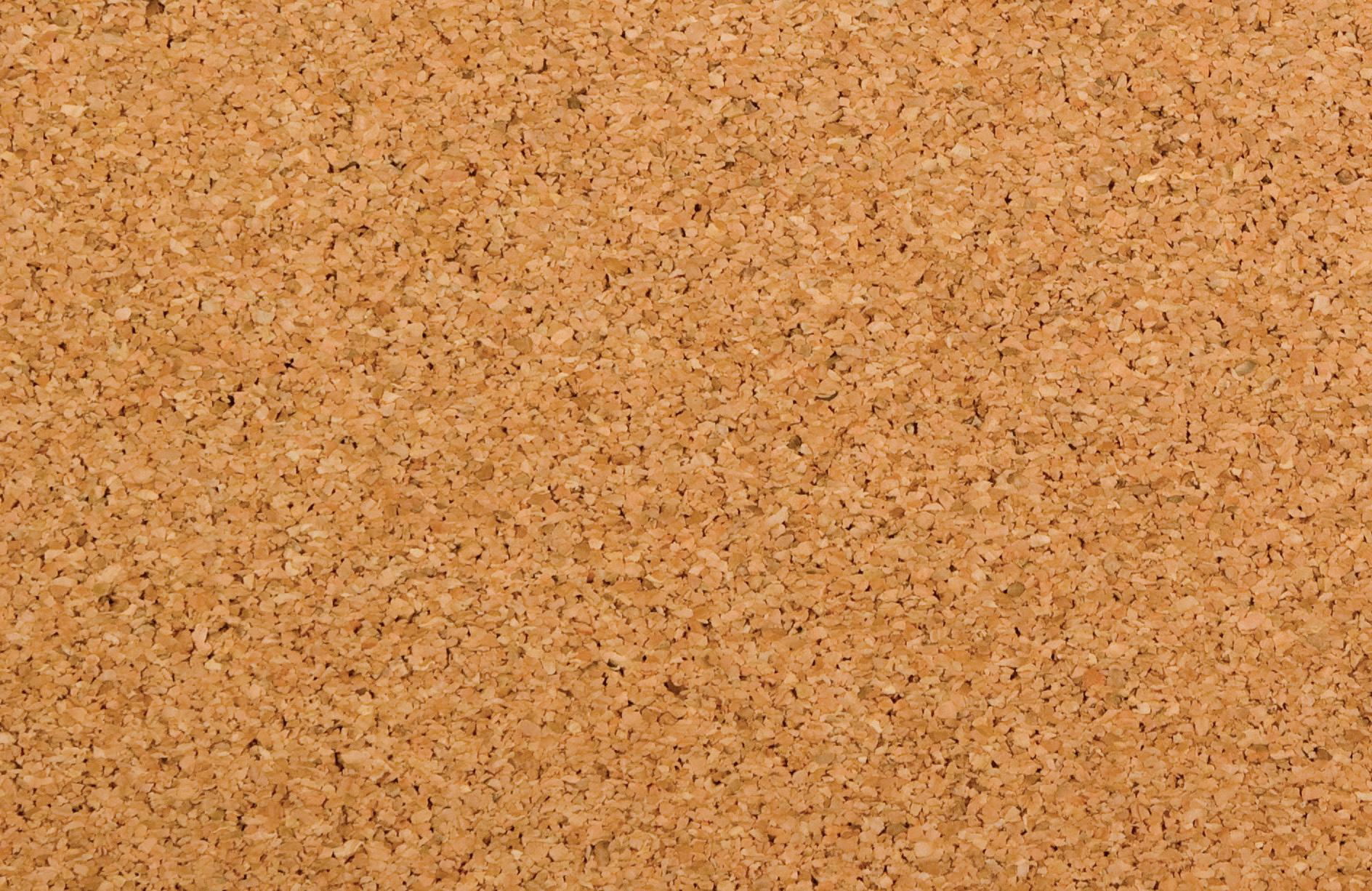


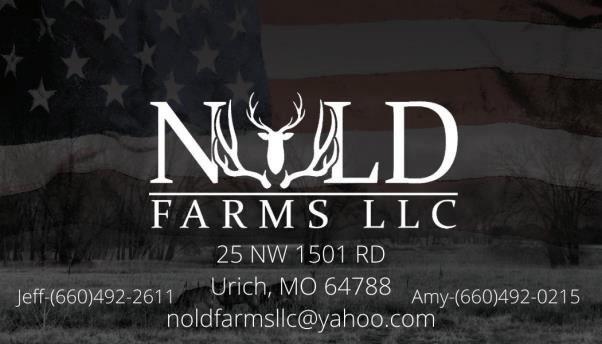



By: Gail Veley • Sponsored by the Pennsylvania Deer Farmers Association
Nate Nisley started making antler chandeliers in 2013, one year after his dad, Joe Nisley, passed away. “My parents had been raising and breeding whitetails since 1998,” Nate shared. “Dad had been saving most of his antlers over the years and often mentioned wanting to make a chandelier out of them someday. After he passed away in 2012, I thought I would try to make one out of his saved antlers in remembrance of him.”
One simple chandelier soon led to Nate, owner along with his wife Diane of Antlers by Design, taking a week-long, hands-on course in Montana, learning from an expert on how to create antler lighting and other antler decor. “After that I just kept making chandeliers and selling them,” he said. “I still have the first one I ever made. The quality has come a long way since then. Building chandeliers out of natural antlers is considered an art and takes a lot of time. A good builder will take a lot of pride in his work.”
Having access to a reputable antler supplier and high-quality material to work with is paramount, as antler quality can vary depending on where and when they are found. “Antlers, like a piece of wood, have a lot of moisture inside,” explained Heath Merry, owner of Antlers 4 Me out
of Salina, Kansas. “If they are found in a pretty timely manner in the spring and kept inside, they can last forever,” he said. “If they are kept outside, they dry out and lose a lot of color. Anything made with antlers and kept outside will eventually need to be replaced.”
While Merry caters to a wide variety of customers, up to 75% of the antlers he sells are shipped to western states such as Wyoming, Montana, Idaho and Colorado and used for furniture, necklaces and rustic cabin décor, while lower grade antlers often end up in rock gardens. “There is an end market for every type of antler,” Merry said. Both Merry and Nisley spend considerable time travelling to pick up antlers, power washing them (with water only) and properly storing them. This typically happens more abundantly after the hunting season ends in the early fall, and as orders for Christmas supplies and gifts start flooding in.
To maintain lasting quality on products created by antlers, Nisley recommends buying only Grade A or good, solid antlers. “Whether they are cutoffs or shed antlers, I usually pay the same price as the demand for antlers has gone up for me,” he said. “Most sheds that come from wild deer hold a little higher value because more of them have a little
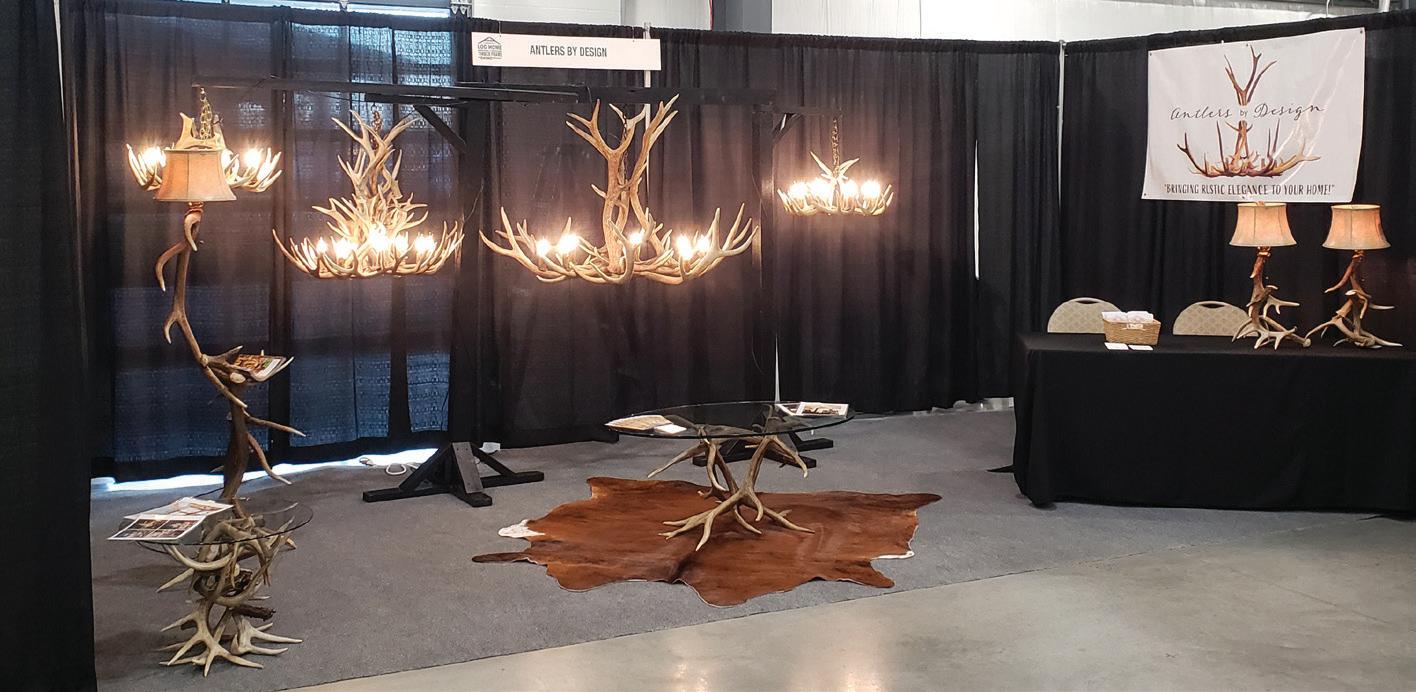
better look and darker color than farmed deer. I try to stay away from antlers that are very weathered, dried out, cracked or have a bleached look.” Likewise, cutoff antlers that have excessive velvet still hanging on them and as such, possibly never completed drying out before being removed from a buck’s head, also hold little value for him.
Through the years, Merry has experienced the expected ebbs and flows of an antler market that can be fickle yet has built a solid reputation and plenty of fallback business. His customers also include those who simply want a full set of antlers to hang inside their house, store or office. “That might cost around $1,000,” he said. “A lot of people could not afford to go out and shoot something that nice for the same price, and it’s the closest they’ll ever come.”
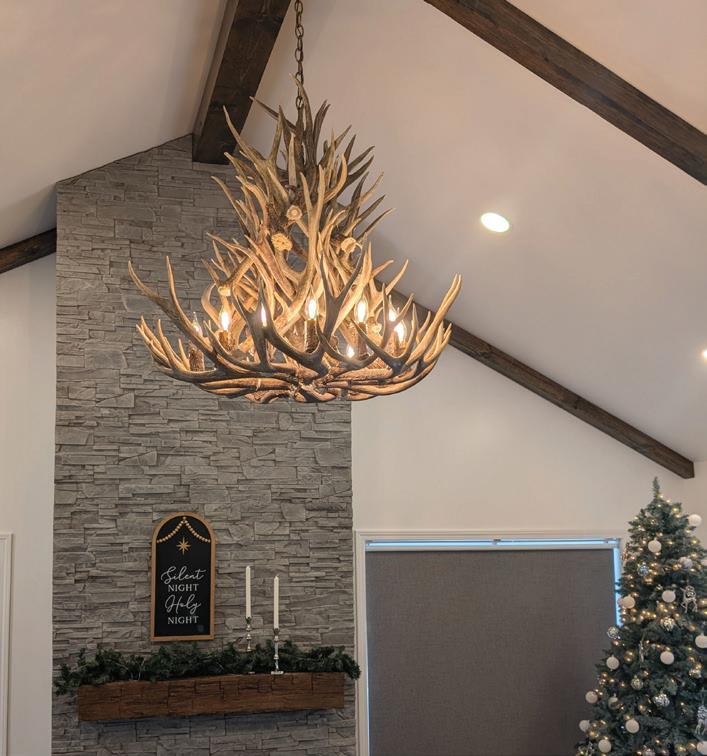

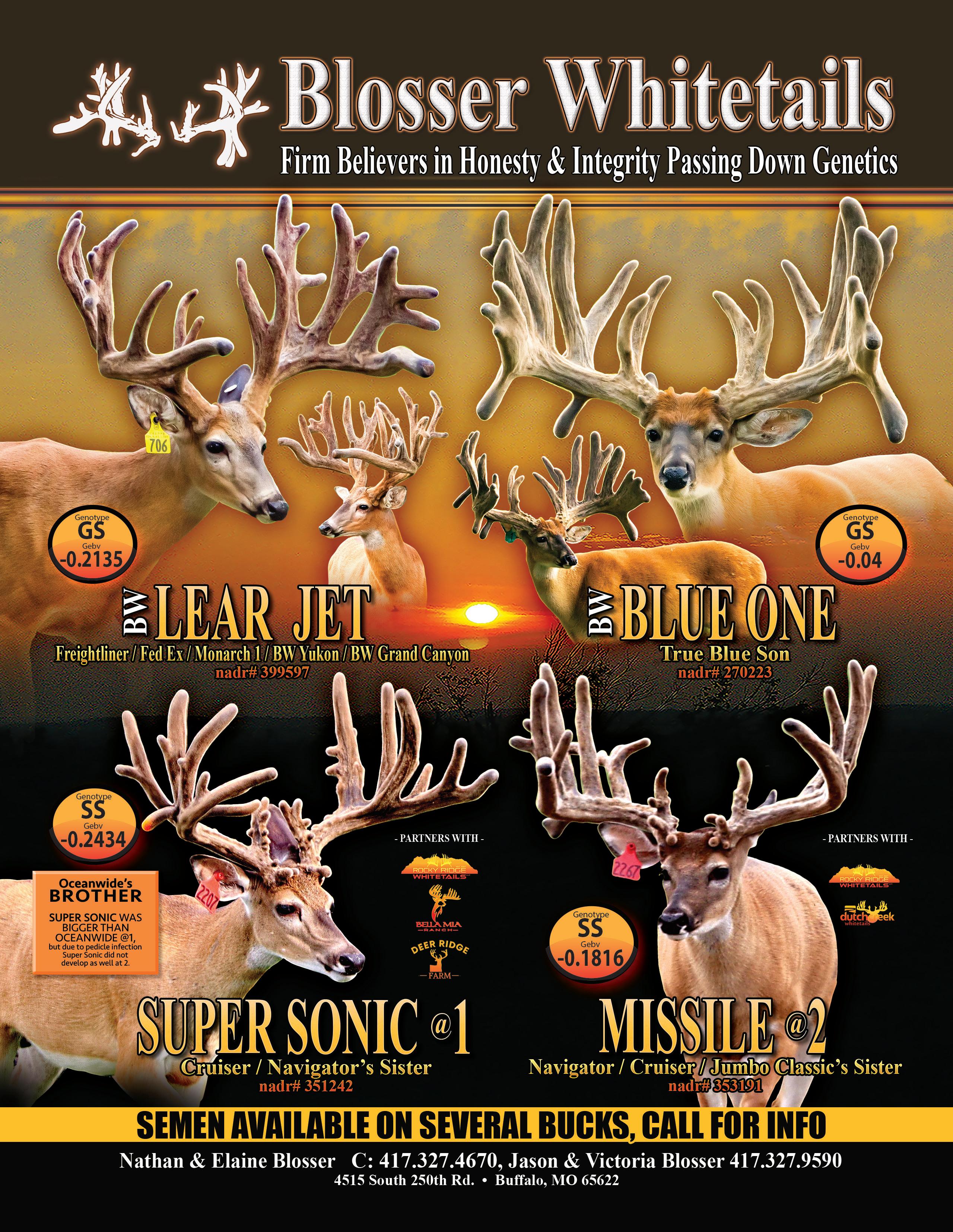

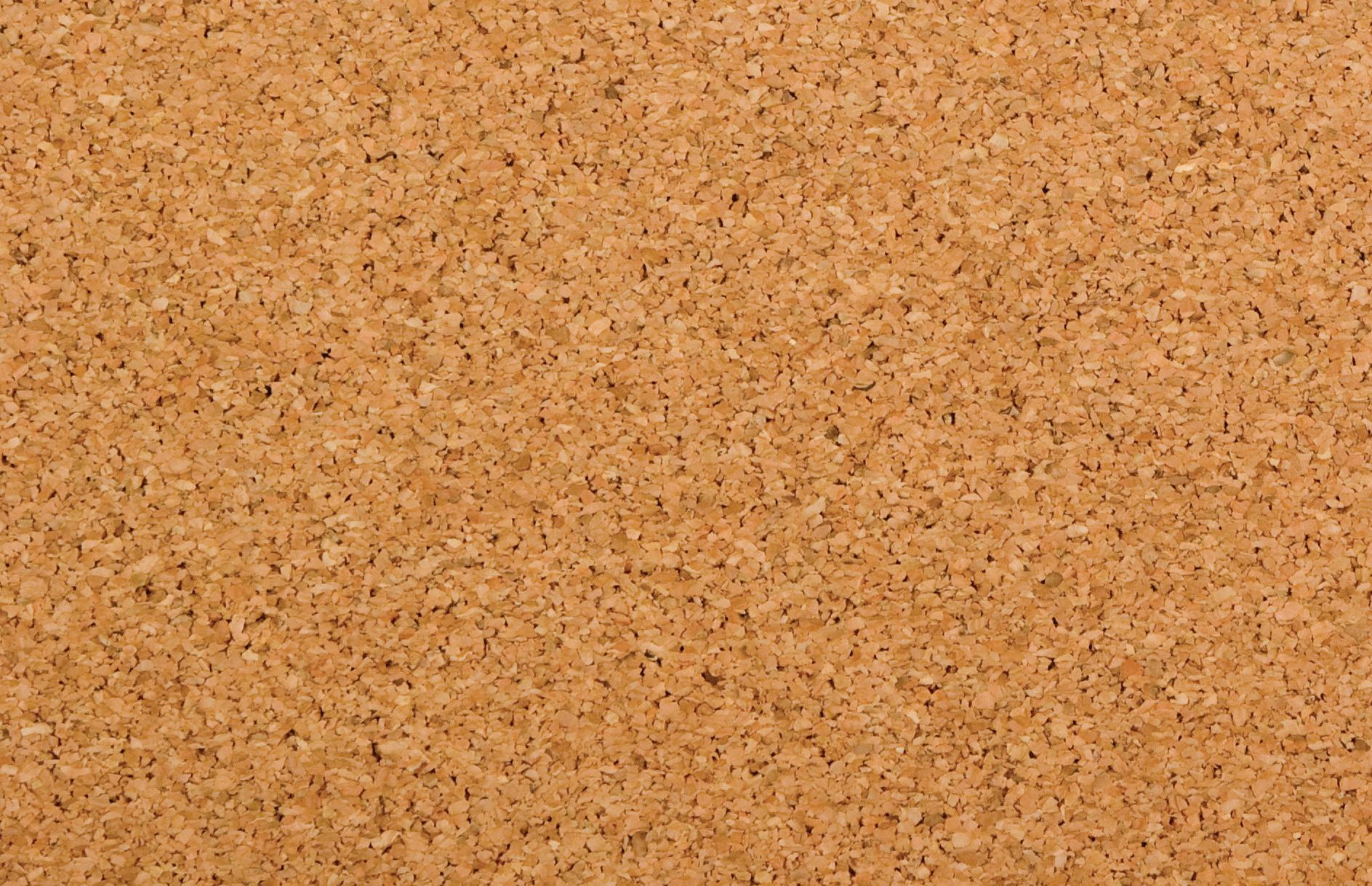
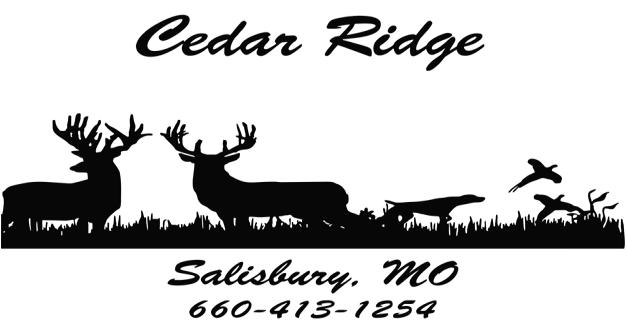

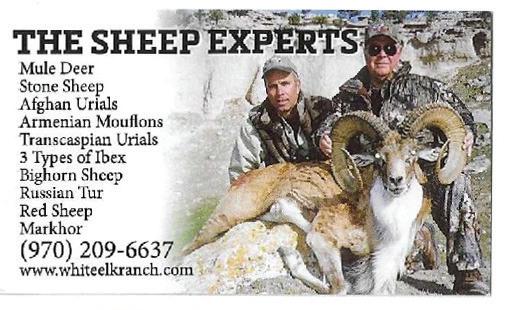
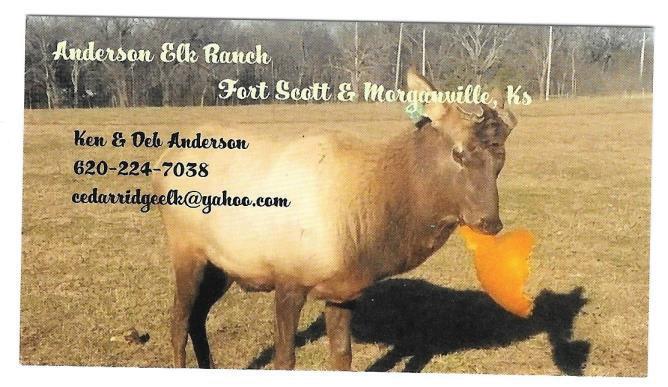
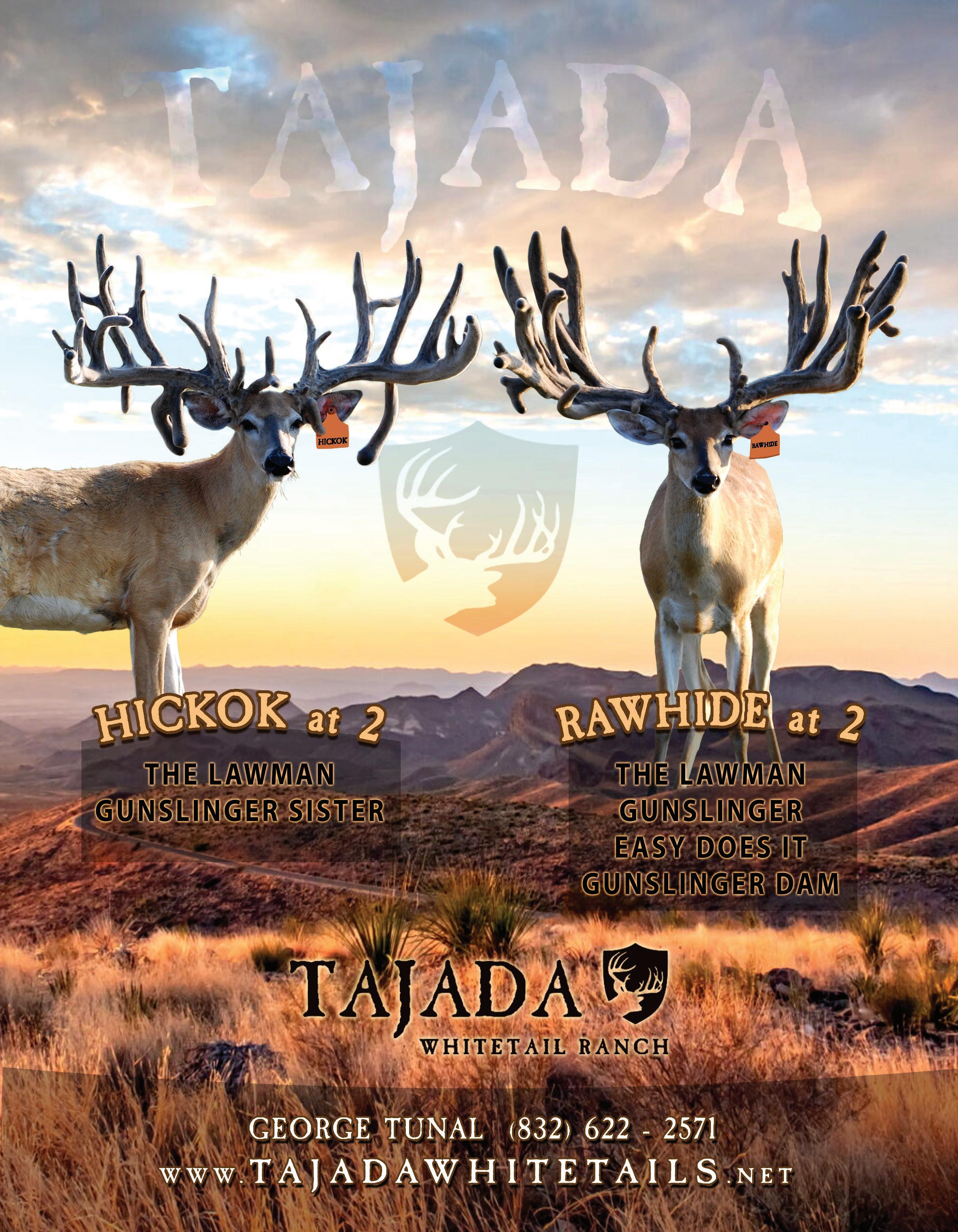

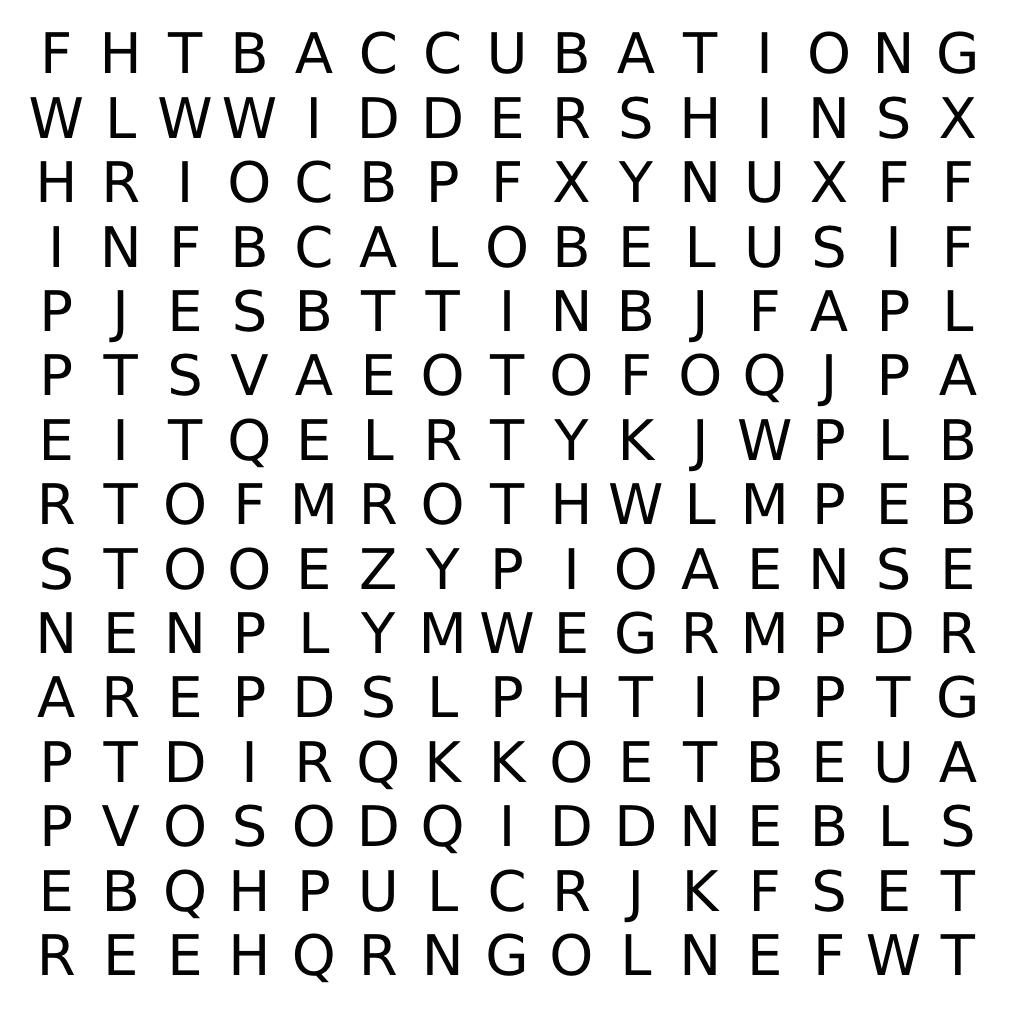
The rules for sudoku are simple:
A 9x9 square must be filled in with numbers from 1-9 with no repeated numbers in each line, horizontally or vertically.
To challenge you more, there are 3x3 squares marked out in the grid, and each of these squares can’t have any repeat numbers either.
Skill Level: Difficult


Everywhen Meldrop
Obelus
Titter
Whippersnapper
Salopettes
Biblioklept
Accubation
Foppish
Flabbergast Cattywampus
Octothorpe
Skirl
Widdershins Festooned
Flibbertigibbet
Fipple
All of these are real words! Look them up in the dictionary for a good laugh!


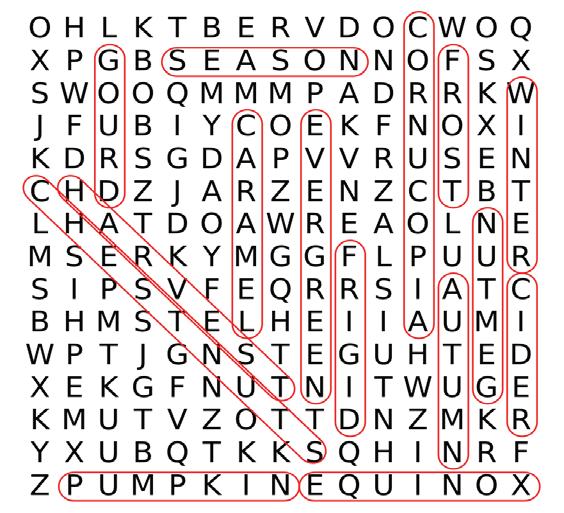
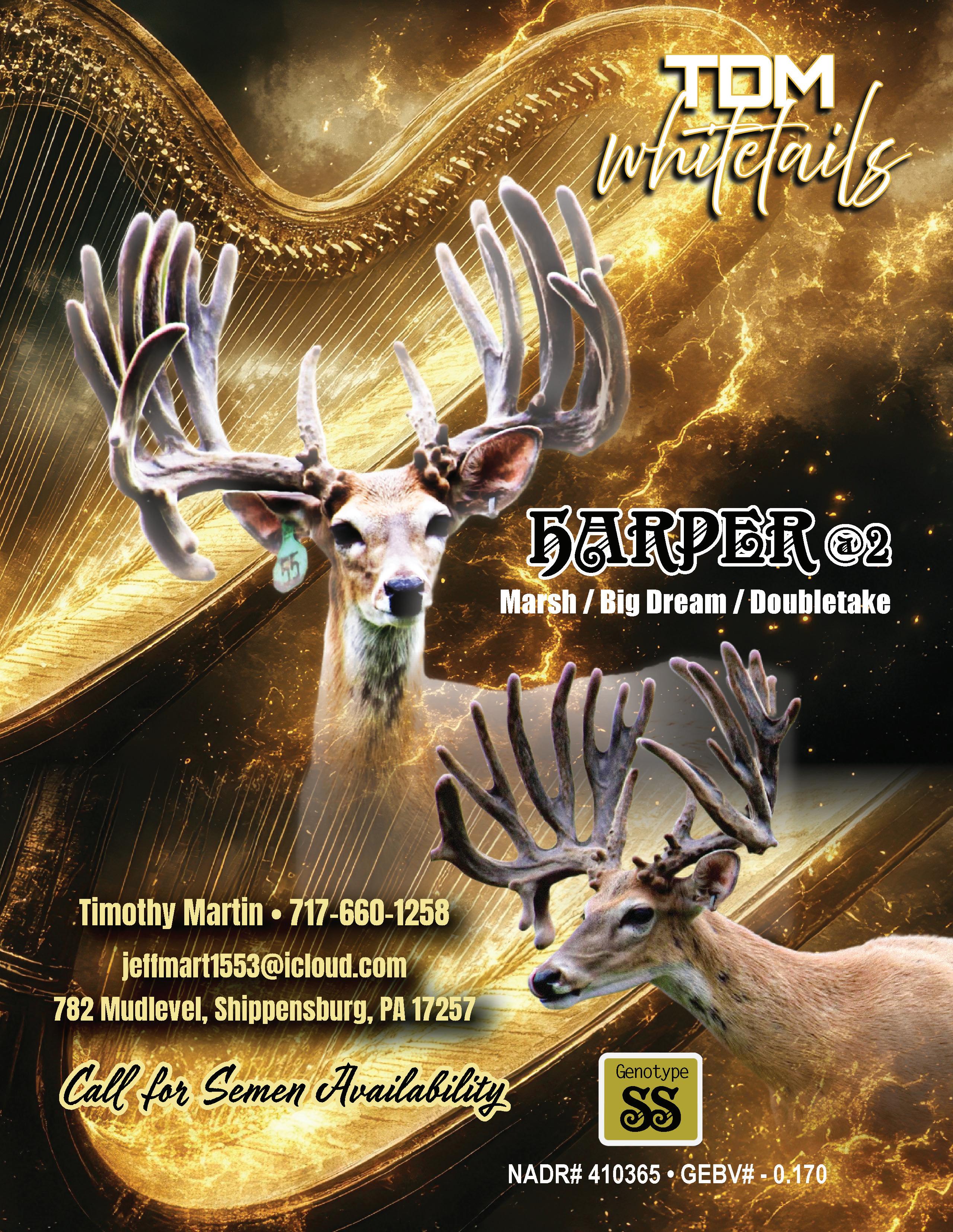
The 2024 election is widely regarded as one of the most pivotal in modern history. Republicans have gained control of both the White House and the Senate, and have secured their majority in the House of Representatives. This marks the first unified Republican government since 2017. They plan to leverage President-elect Donald Trump’s unexpected and decisive victory to push through as many of their legislative priorities as possible before the 2026 midterm elections, where they will likely face a challenging fight to retain their congressional majorities.
On Tuesday, November 5, 2024, former President Donald Trump (R) and Ohio Senator JD Vance (R) defeated Vice President Kamala Harris (D) and Minnesota Governor Tim Walz (D) in the Presidential election, securing the 270 electoral votes required for victory, with the final tally being 312-226.
With all races called, Republicans will control the Senate with a 53-47 majority. Republicans gained control of the Senate by flipping seats in Ohio, Montana, Pennsylvania, and West Virginia. Although Democrats lost the majority, they retained key seats after several high-profile retirements in Maryland, Michigan, and Arizona. Additionally, as Sen. JD Vance (R-OH) will become Vice President and Sen. Marco Rubio (R-FL) is set to be the next Secretary of State, their respective Governors must appoint a replacement.
As of Friday, November 15, the House will have 59 new members, 30 freshman Republicans, and 29 freshman Democrats. House Republicans defended their majority with the current tally being 218-209. With 8 outstanding races,
these numbers are expected to change. On November 13, Rep. Matt Gaetz (R-FL) resigned from Congress, triggering a special election for his open seat.
President-elect Trump has voiced ambitious policies that are set to be enacted on Day 1 of his second term, especially with a Republican trifecta. These include:
President Trump is expected to quickly implement mass deportation of illegal immigrants, a key promise since his first term and during the campaign trail. The Trump administration will be seeking to undo Biden-era executive orders (EOs) that reversed some of his first-term policies such as the Remain in Mexico policy on asylum seekers and halting the flow of migrants
through the Darien Gap from South America, in which negotiations with Panama are needed. President Trump announced Tom Homan, his former Acting Immigration and Customs Enforcement (ICE) Director to be Border Czar and be in charge of the Southern border and has made Stephen Miller, an immigration hardliner, Deputy Chief of Staff for Policy. President Trump has also discussed invoking the Alien Enemies Act, a law from 1798 that allows the President to deport anyone who is not an American citizen and is from a country that the U.S. has “declared war” on matters of national security.
On his most recent campaign trail, President Trump promised to impose notably large tariffs; 20% on all foreign goods and 60% on Chinese goods. As President, he will be authorized to do so without Congressional consultation through a 1977 law that allows duties in cases of “unusual and extraordinary threat.”


Tariffs are expected to launch at varying times, targeting specific countries and goods. There is speculation that he may utilize the threat of tariffs as a point of negotiation with competitors. Though his position on the subject is clear, opinions within his administration may differ.
Taxes remain a key priority for President Trump as he looks to extend expiring provisions from the 2017 Tax Cuts and Jobs Act (TCJA). President Trump plans to extend all personal income tax cuts and further reduce the corporate tax rate, as well as lift the cap on State and Local Tax (SALT) deductions, which paid for the TCJA bill. Additionally, on the campaign trail, he promised to eliminate taxes on tips, overtime, and social security checks. Tax reform will require Congressional approval, and a Republican trifecta will aid President Trump as he pursues his tax proposals.
Congress has about five legislative session weeks remaining before the Christmas break, with several key policy issues to address in that time. Upon returning to Washington, lawmakers will face two critical pieces of legislation: the FY 2025 National Defense Authorization Act (NDAA), a government funding package, and an extension of the current Farm Bill. Amidst this looming uncertainty, CHCG will remain engaged and continue to advocate for support of NADeFA’s priorities in the coming 119th Congress.



Wallace
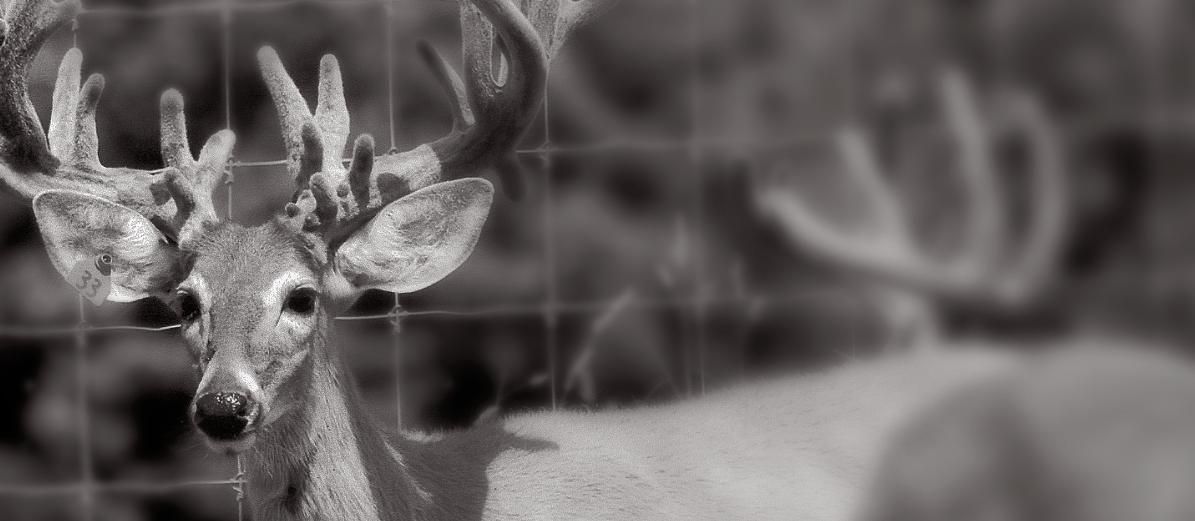
SCIENTIFICALLY FORMULATED NATURAL SUPPLEMENT TO HELP GROW LARGE, HEALTHY DEER AND BIG ANTLERS!
Nutrient rich formula contains highly bioavailable ingredients, including our proprietary calcium/phosphorous complex with Antler D TM, that are required to support body and bone growth, especially for fast growing bucks
Contains probiotics and targeted enzymes to support gut health and proper digestion
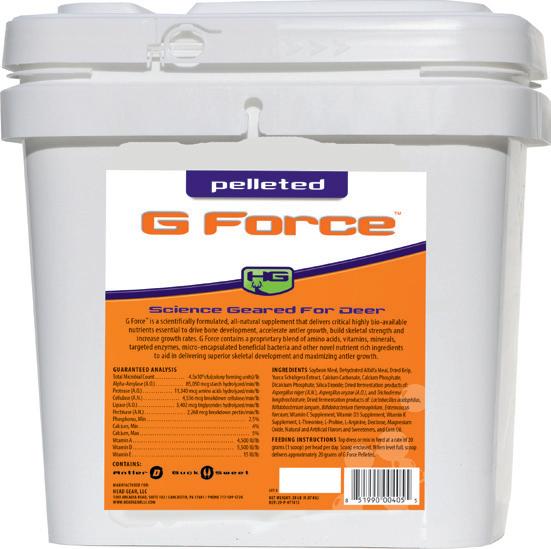
Available in pellet or powder that can be top dressed or mixed in feed. Great for antler growing season and young bucks, too
PRECISELY FORMULATED TO HELP MAINTAIN A NORMAL AND RELAXED DISPOSITION IN ALL CERVIDS
Provides optimal levels of magnesium, Vitamin B1 and inositol to promote calmness and provide help for restless animals
Contains no herbals, tryptophan or chemicals, eliminating concerns of unwanted side effects
Use PeaceMaker to “keep the peace” during pre-rut, rut, transportation, weaning and anytime destructive behavior may occur
POWERFUL SOLUTION FOR HEALTH & PRODUCTIVITY
Helps maintain digestive health and productivity
Contains micro-encapsulated probiotics, targeted enzymes and a novel fiber complex
Use in does before fawning, during lactation and all cervids during times of environmental stress

HELPS PRODUCE HEALTHY, FAST GROWING FAWNS
Helps maintain normal digestive health
Supports a healthy immune system
Feed powder for 14 days to bottle fed fawns
Paste is ideal for fawns left on does

FAWN & DEER XTR™
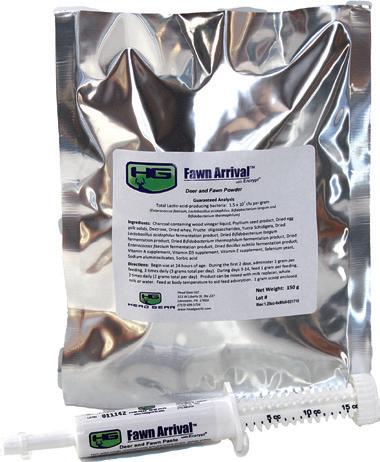
ROBUST FAST RESPONSE FOR FAWNS & OLDER DEER
Innovative formula delivers max digestive support, especially in newborns
Rapidly delivers help for GI health and a functioning immune system
May also be used post-tranquilization to support healthy recovery

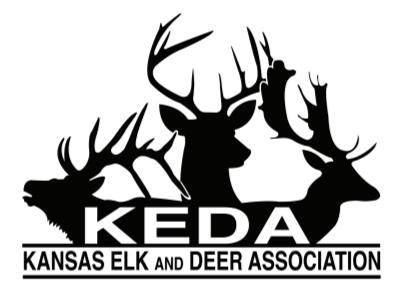
July 1, 2023 - June 30, 2024
Registration/Renewal form
Name:___________________________________________________________________
Ranch/ Farm Name:___________________________________________________________
Address:
How many elk do you own?___________________________________________________
How many deer and what species?___________________________________
How many acres of high fence?______ Do you AI your elk or deer?________
Do you own a hunting preserve?______ If yes, how many animals harvested a year?_______
Do you sell elk and/or deer products at local farmers markets?________
Do you harvest velvet antler? ________
Are you enrolled in the voluntary CWD Monitoring Program?________
Circle membership type:
Voting member: $50 annually, full voting rights, must own elk or deer in Kansas
Associate member: $25 annually, nonvoting (not open to elk or deer owners in Kansas)
Dues payable to: Kansas Elk & Deer Association 825 S. Kansas Ave; Suite 500 Topeka, KS 66612
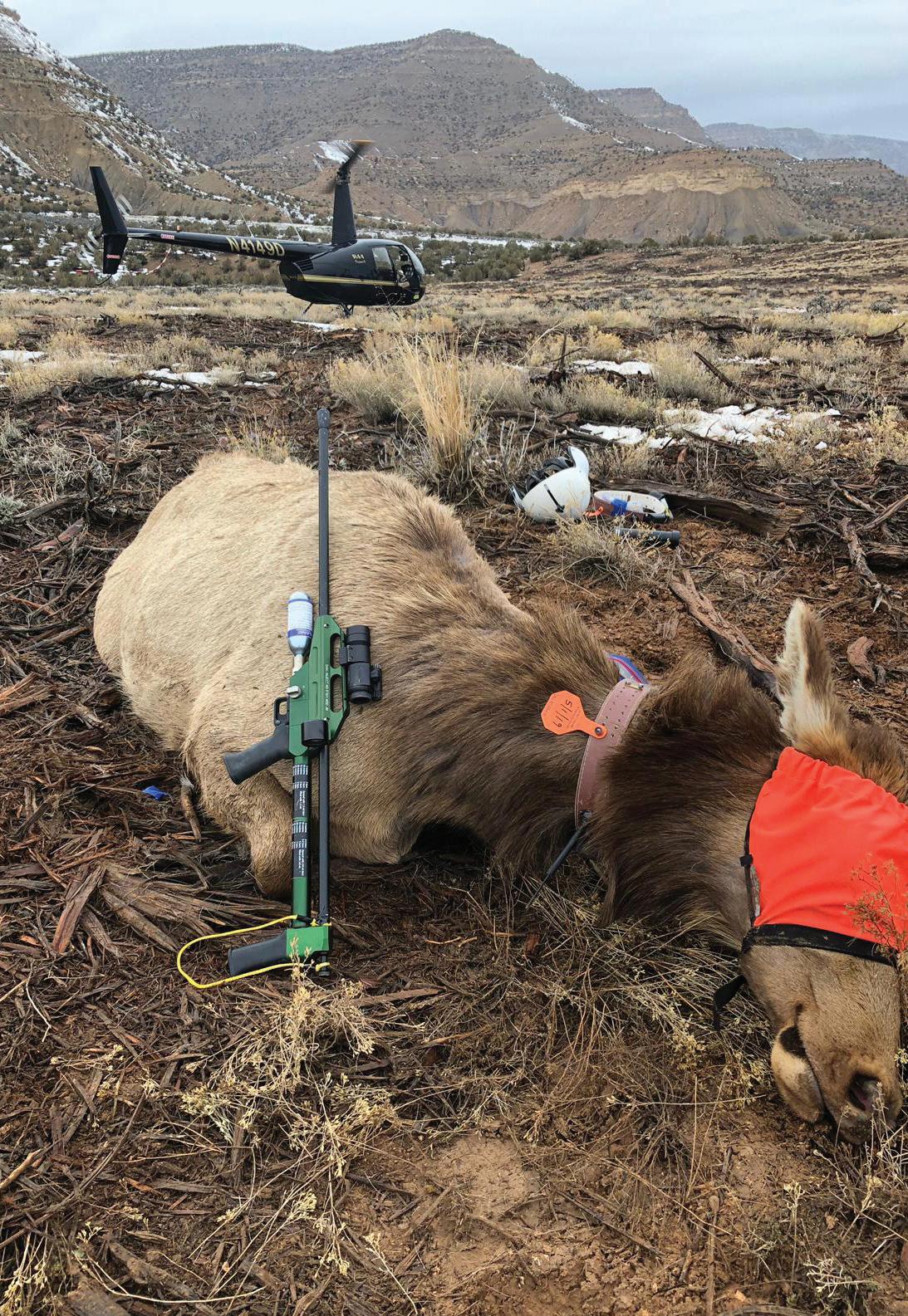





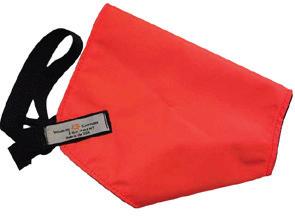
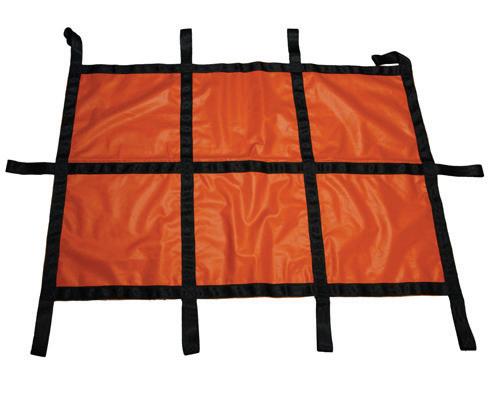



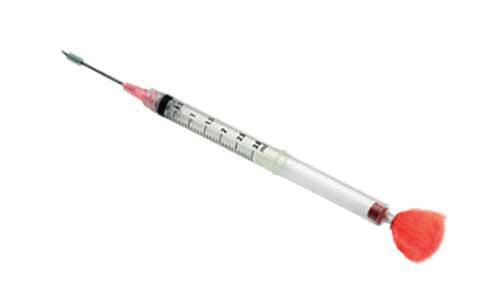
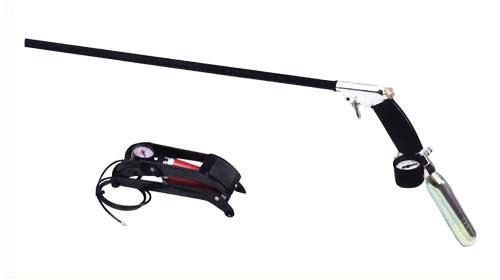
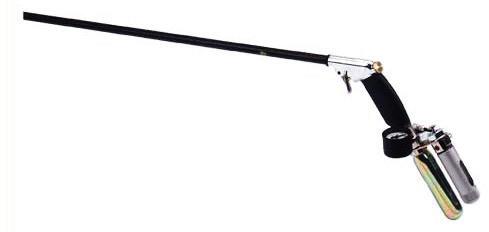

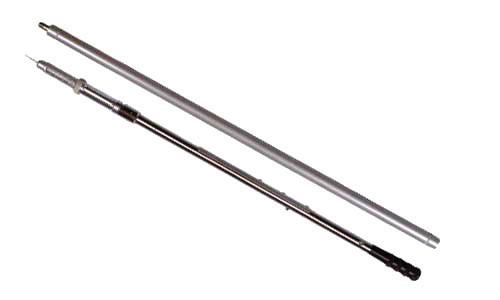

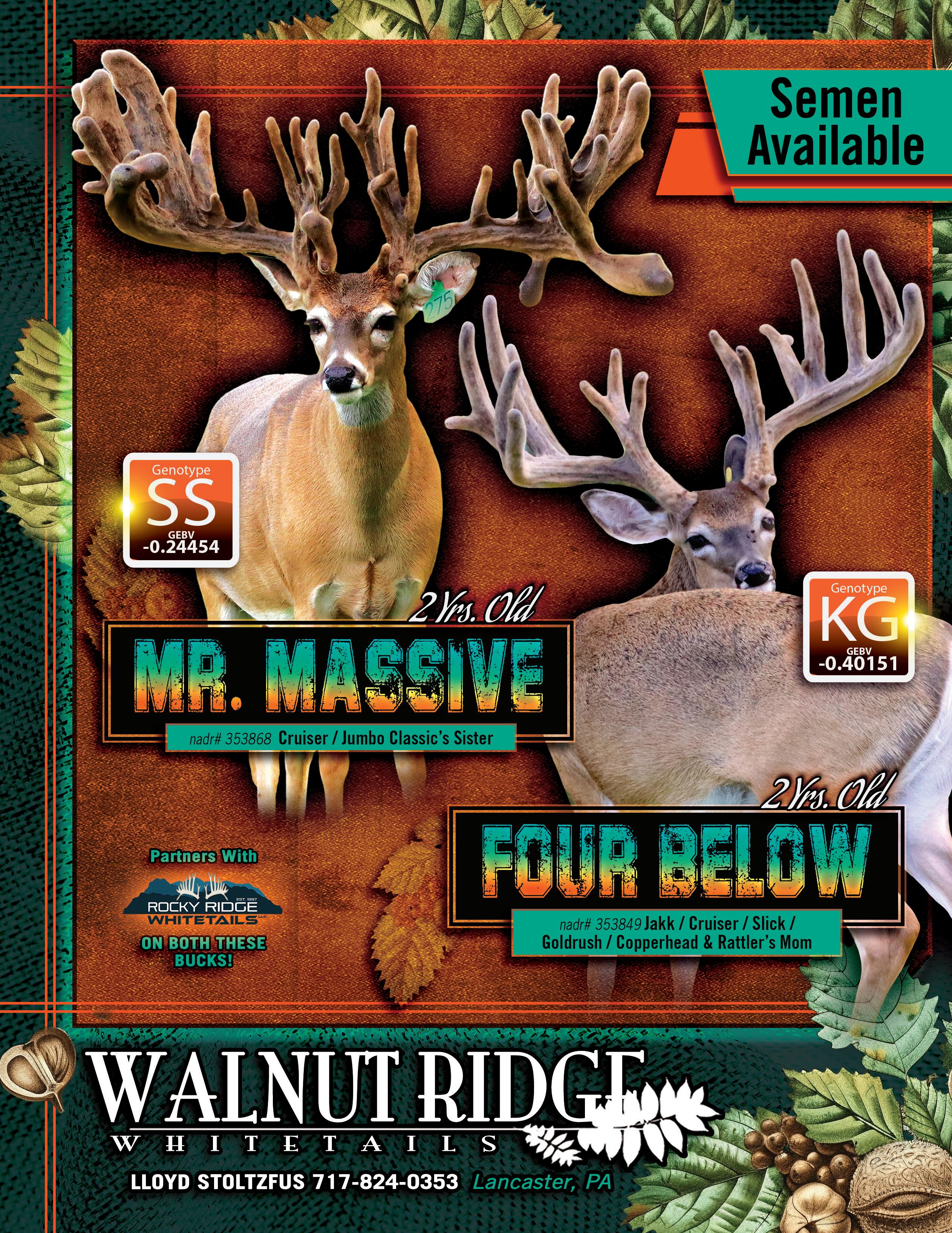
• Alabama Deer Association
• Illinois Deer Farmers
• Indiana Deer And Elk Farmers Association
• Iowa Whitetail Deer Association
• Kansas Elk and Deer Association
• Kentucky Alternative Livestock Association
44 ISSUES FOR 1 YR
Reaching out to over 2500 members
(11 Publications x 4 quarters)
17 State Associations - Approx. 2500 readers
$189 / Issue ($8316. / Yr) ~ Full Page
$107 / Issue ($4708. / Yr.) ~ Half Page
(55-59% Discount off single ad placement)
4 ISSUES FOR 1 YR.
(1 Publication x 4 quarters)
$252/ Issue ($1008. / Yr) ~ Full Page
• Minnesota Deer Association • Missouri Deer Association
• New York Deer and Elk Farmers Association
• North Dakota Deer Ranchers
• Pennsylvania Deer Farmers Association
• South Dakota Deer & Elk Breeders
• Southeast Trophy Deer Association


• Texas Deer Association
• United Deer Farmers of Michigan
• West Virginia Deer Farmers Association
• Whitetail Deer Farmers of Ohio
• Whitetails of Louisiana
• Whitetails of Oklahoma
16 ISSUES FOR 1 YR.
(4 Publications of your choice x 4 quarters)
$220 / Issue ($3520. / Yr) ~ Full Page
$121 / Issue ($1936. / Yr.) ~ Half Page (48-54% Discount off single ad placement)

$137 / Issue ($548. / Yr.) ~ Half Page (40-48% Discount off single ad placement)

Single Issue In Any Of Our Eleven State Publications: Full Page: $420.00 1/2 Page: $263.00



Package Add On *
TEXAS DEER ASSOCIATION MAGAZINES
4 ISSUES FOR 1 YR. (Can be added to Buckaneer or Doe-Re-Mi package) Reaching out to over 800 TDA members
(3 Tracks Publications & 1 Auction Catalog)
$428 / Issue ($1712. / Yr) ~ Full Page
$267/ Issue ($1068. / Yr.) ~ Half Page
(55-59% Discount off single ad placement)
Single Issue In TDA Publications:
Two Page: $1500. One Page: $950 1/2 Page: $650

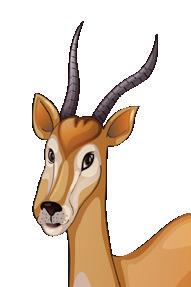



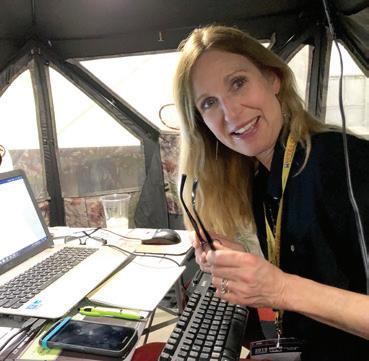


Answers to puzzles will be available in the next issue, or can be found on our website: www.deersites.com
Coloring pages can be mailed to: Samantha Uchytil, 19291 59th St NE, New London, MN 56273 or emailed to deerassociations@gmail.com for a chance to be featured in the next issue!


